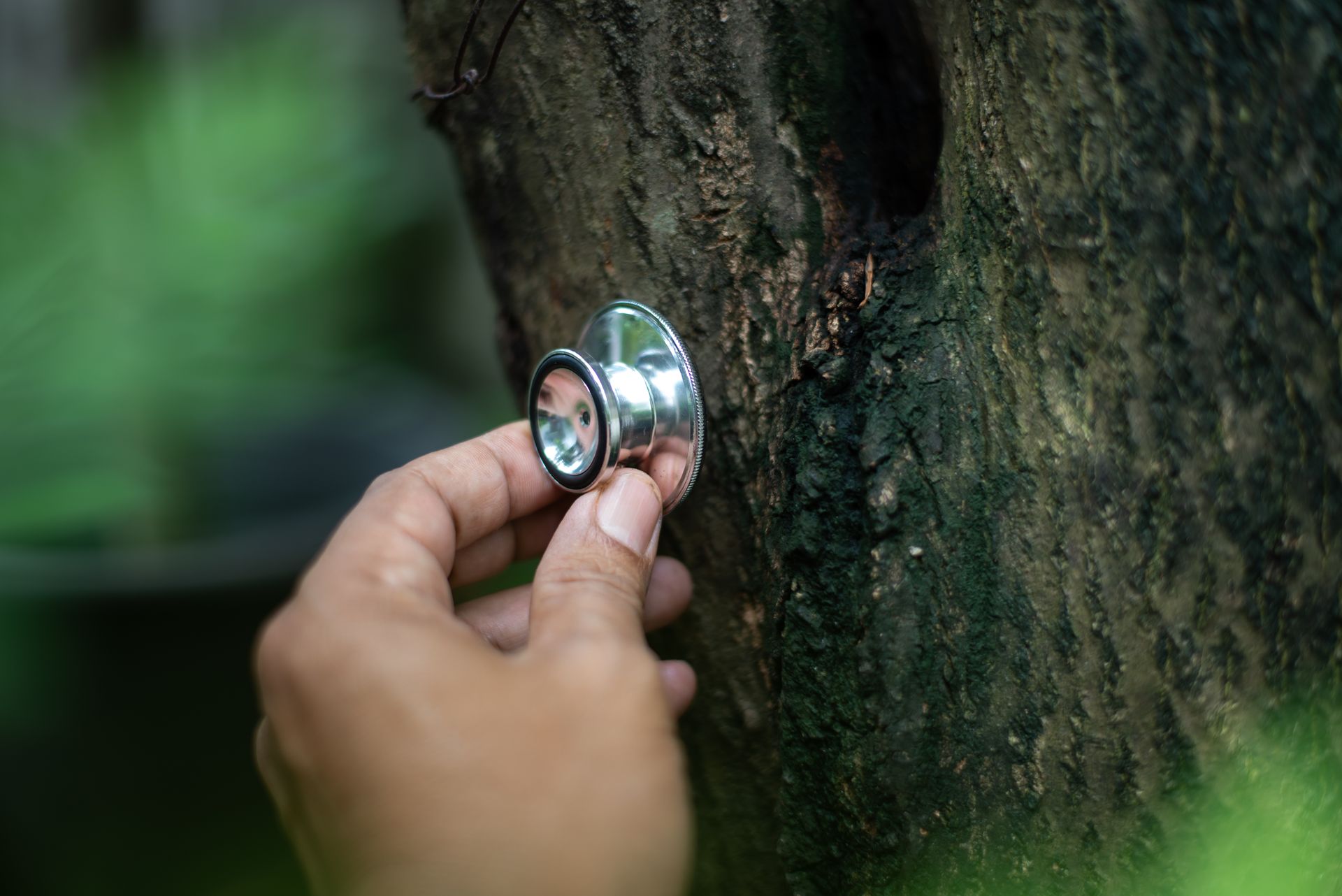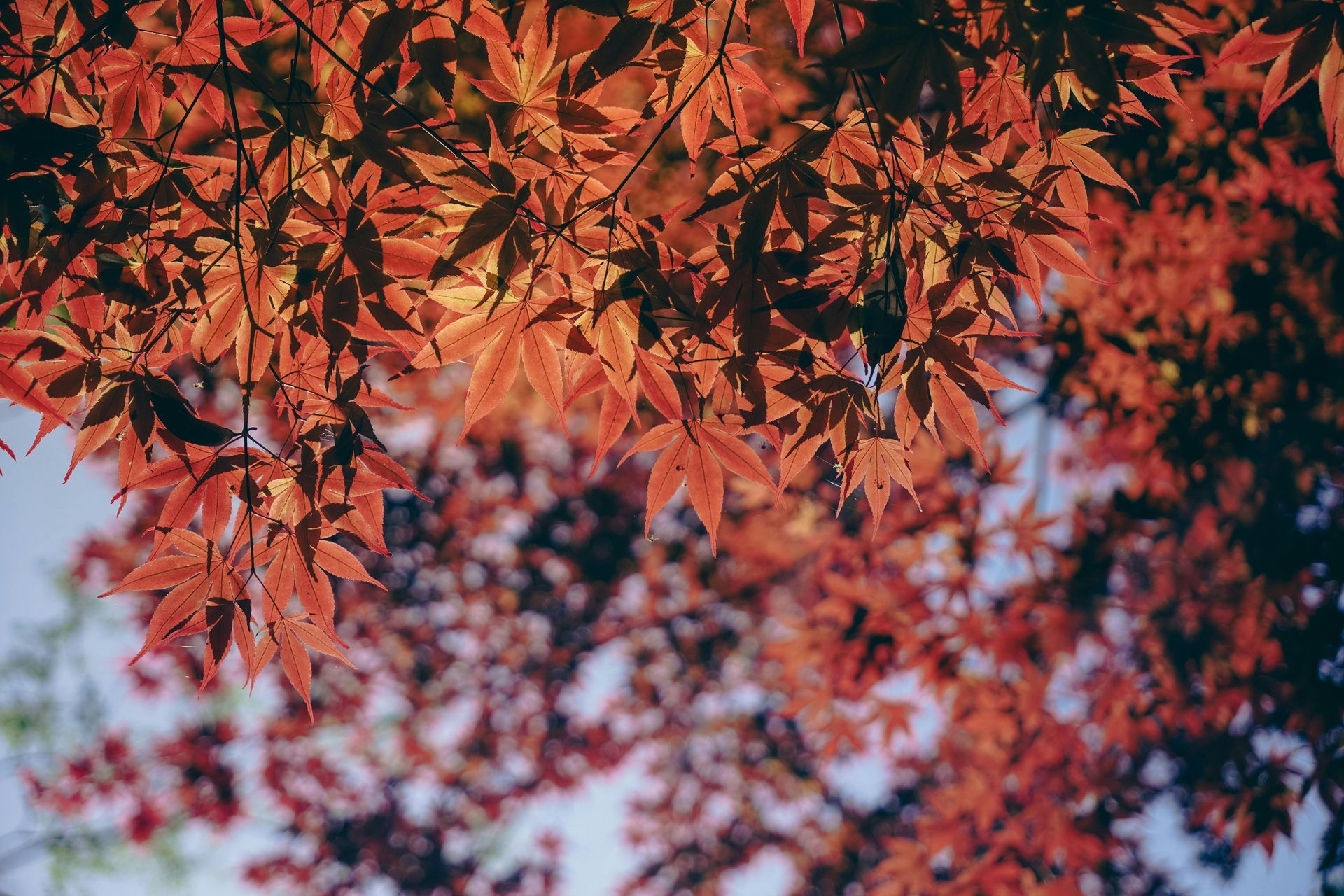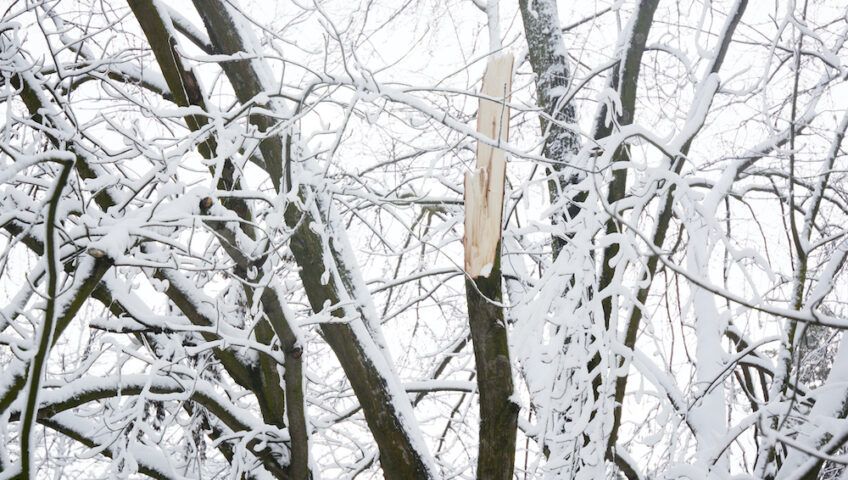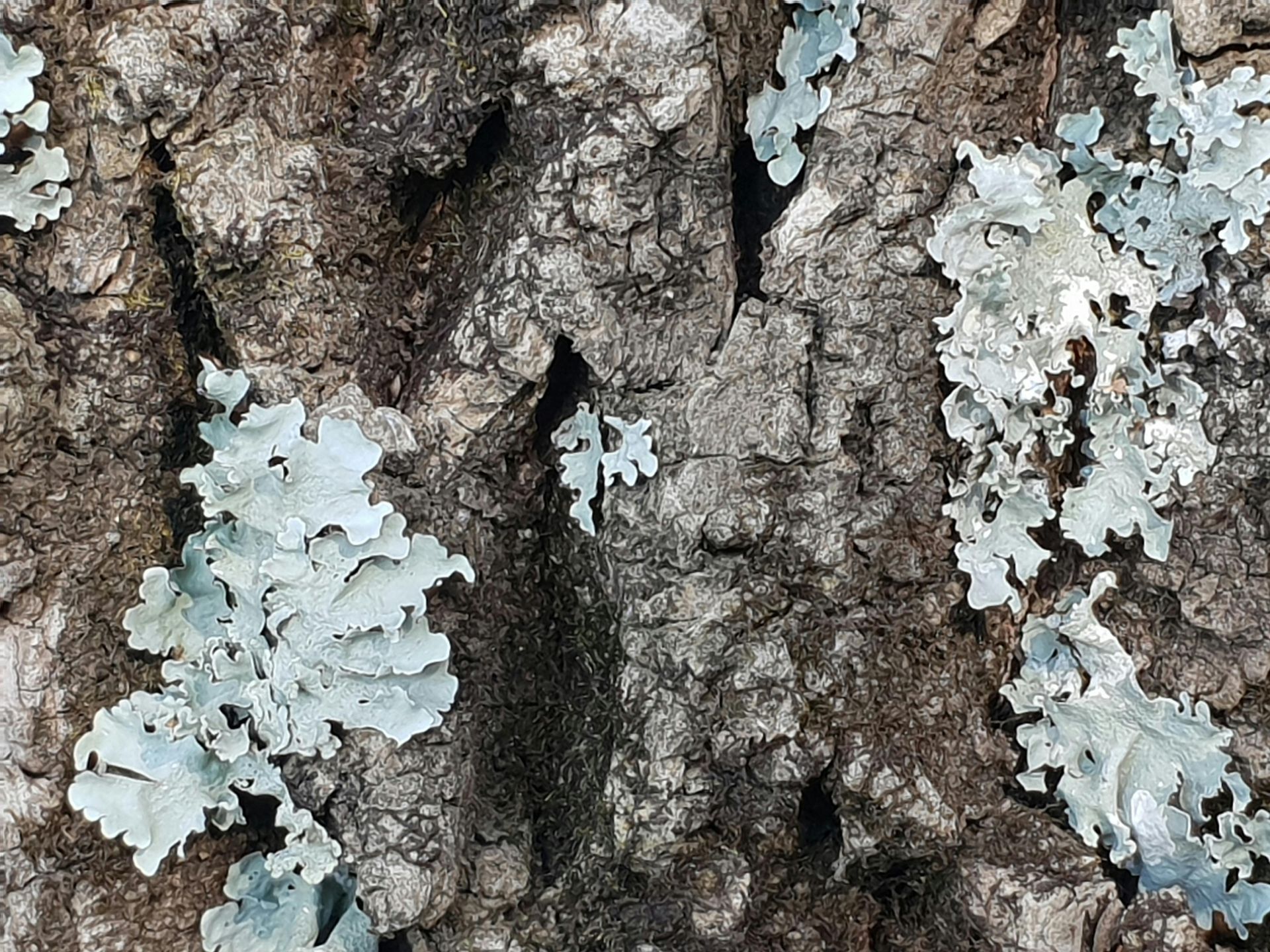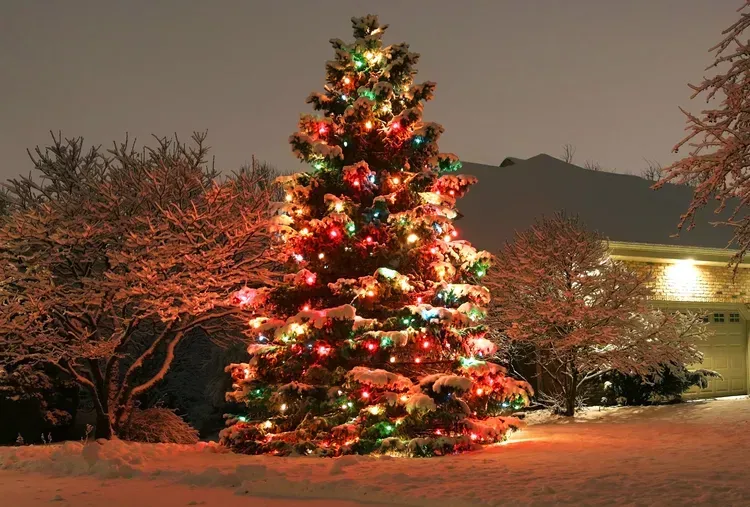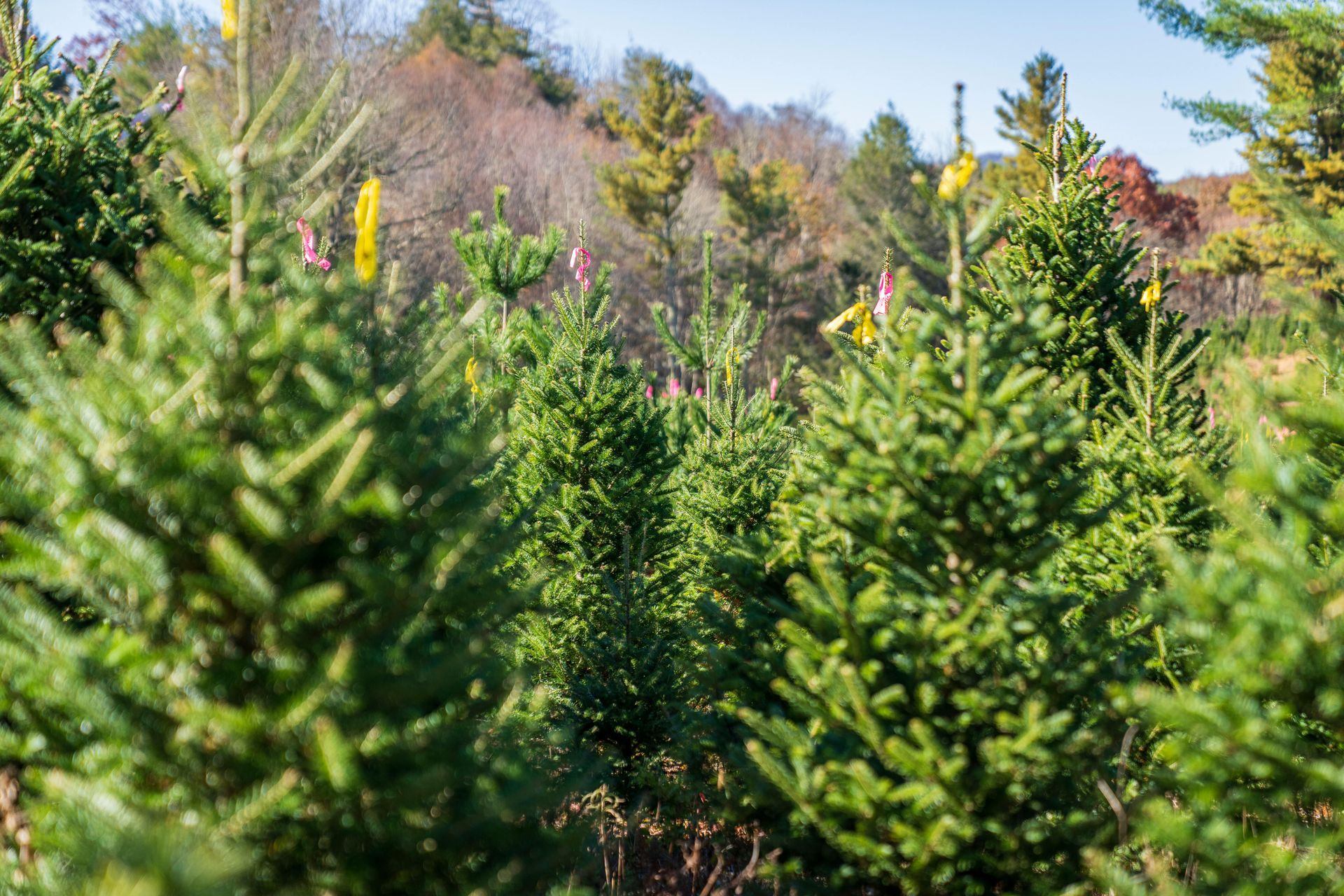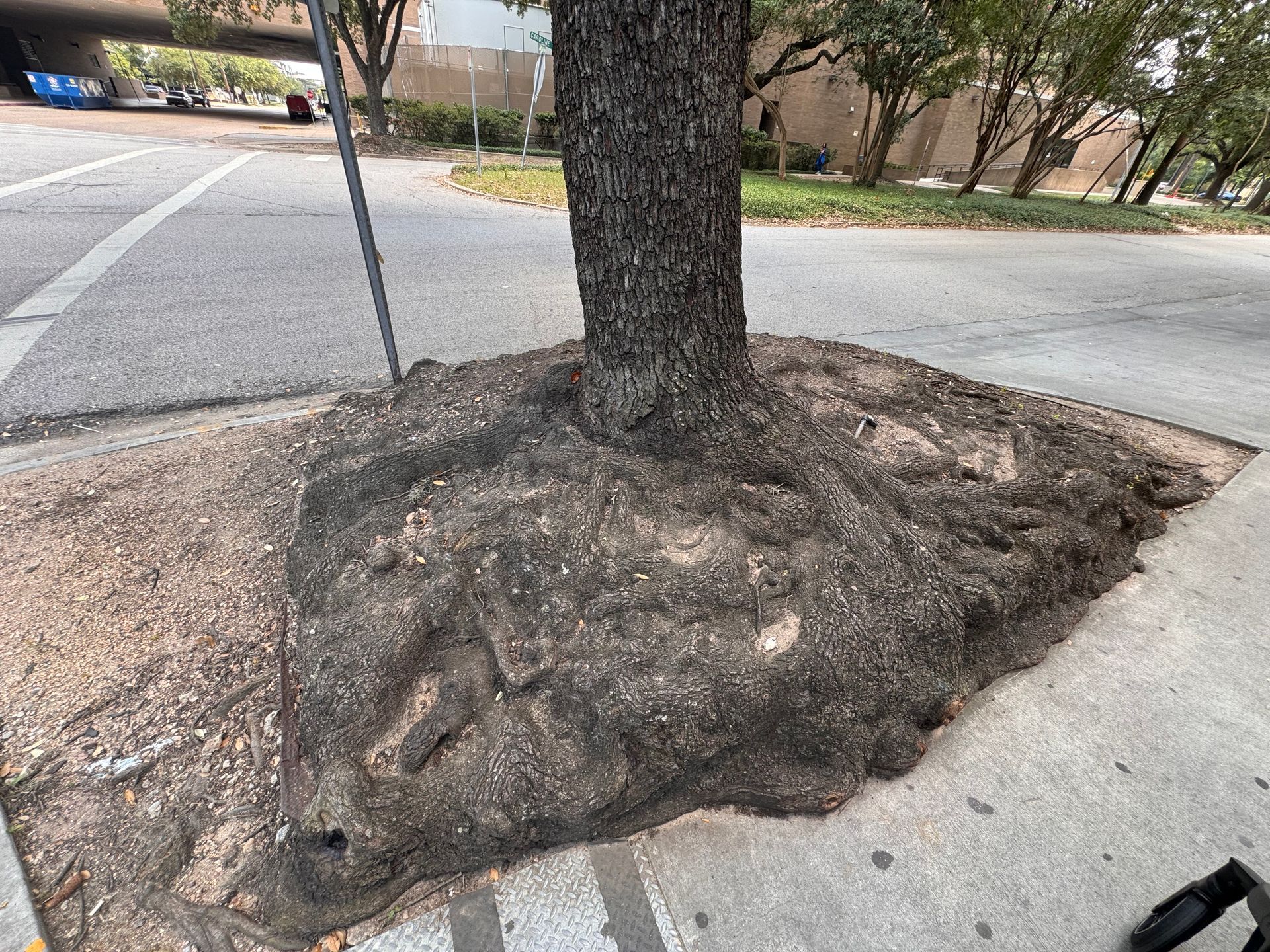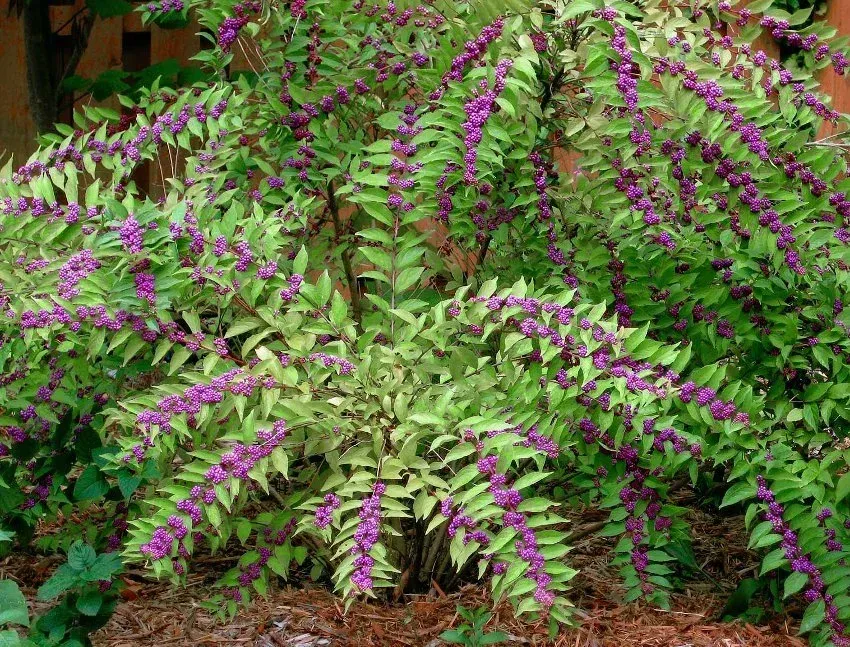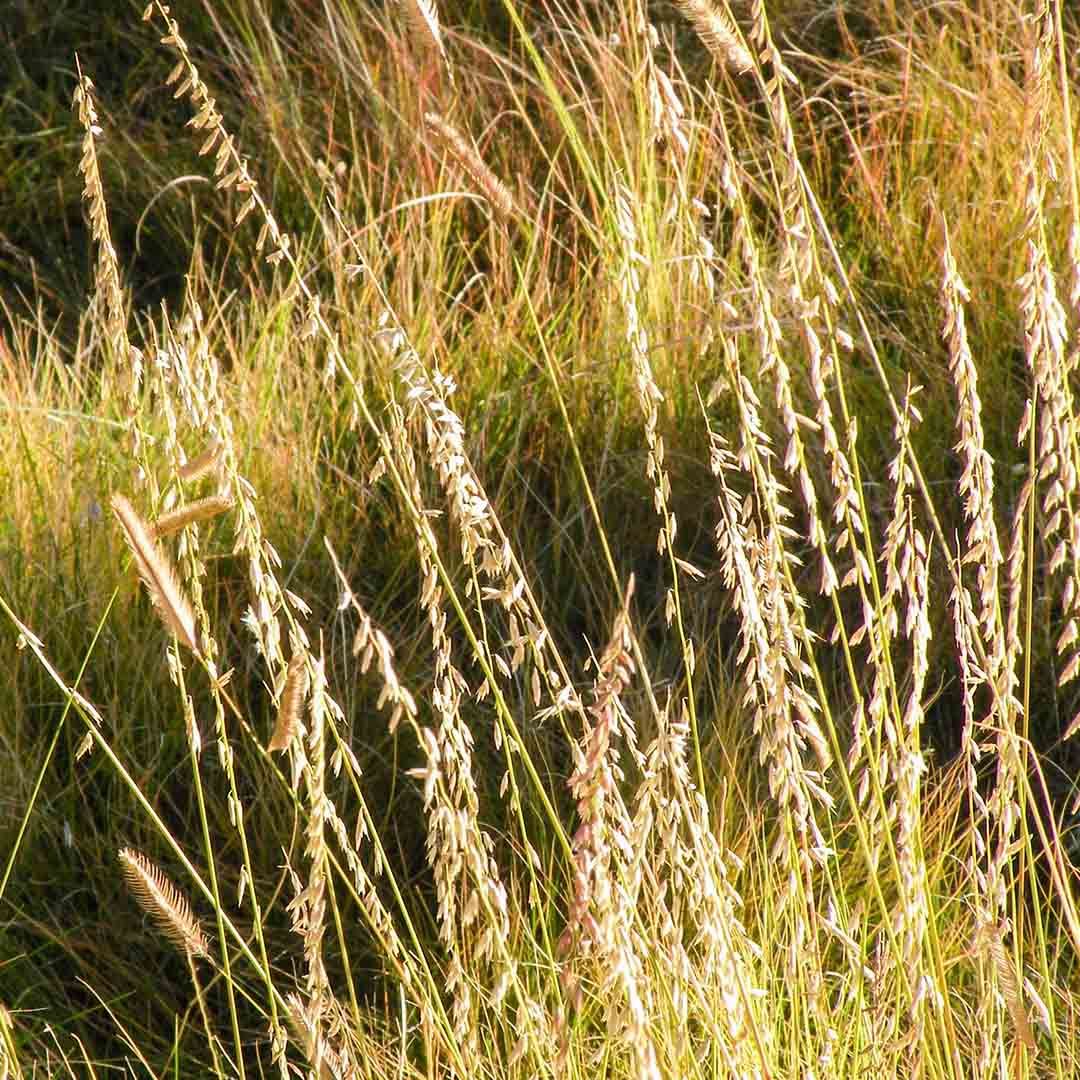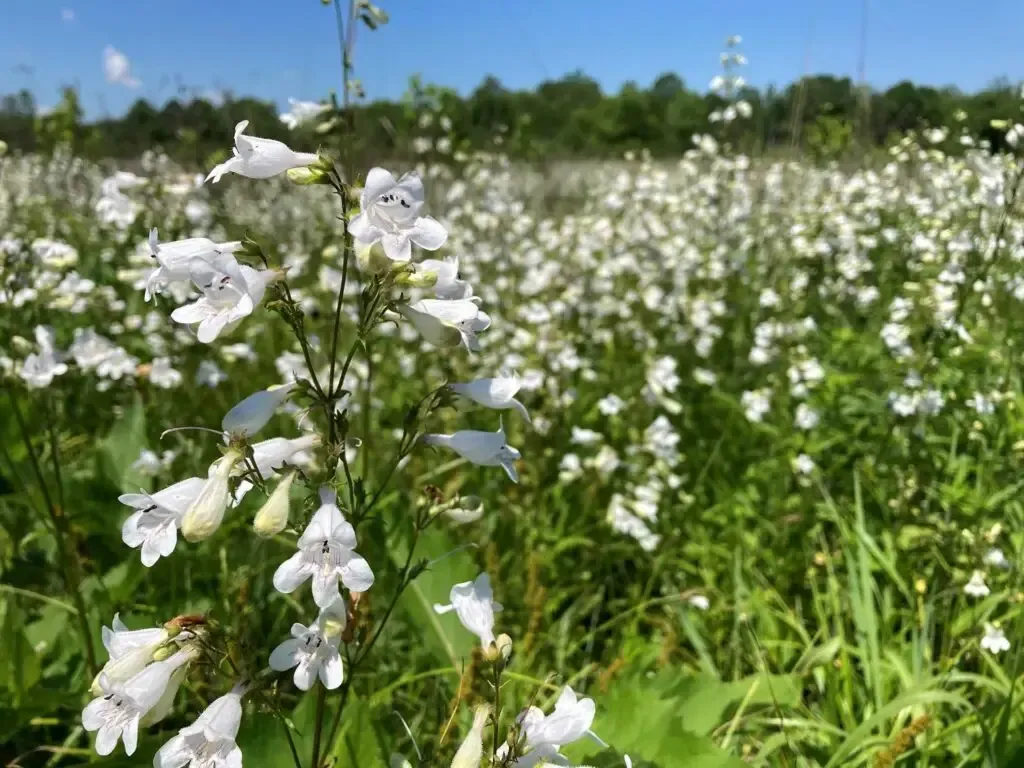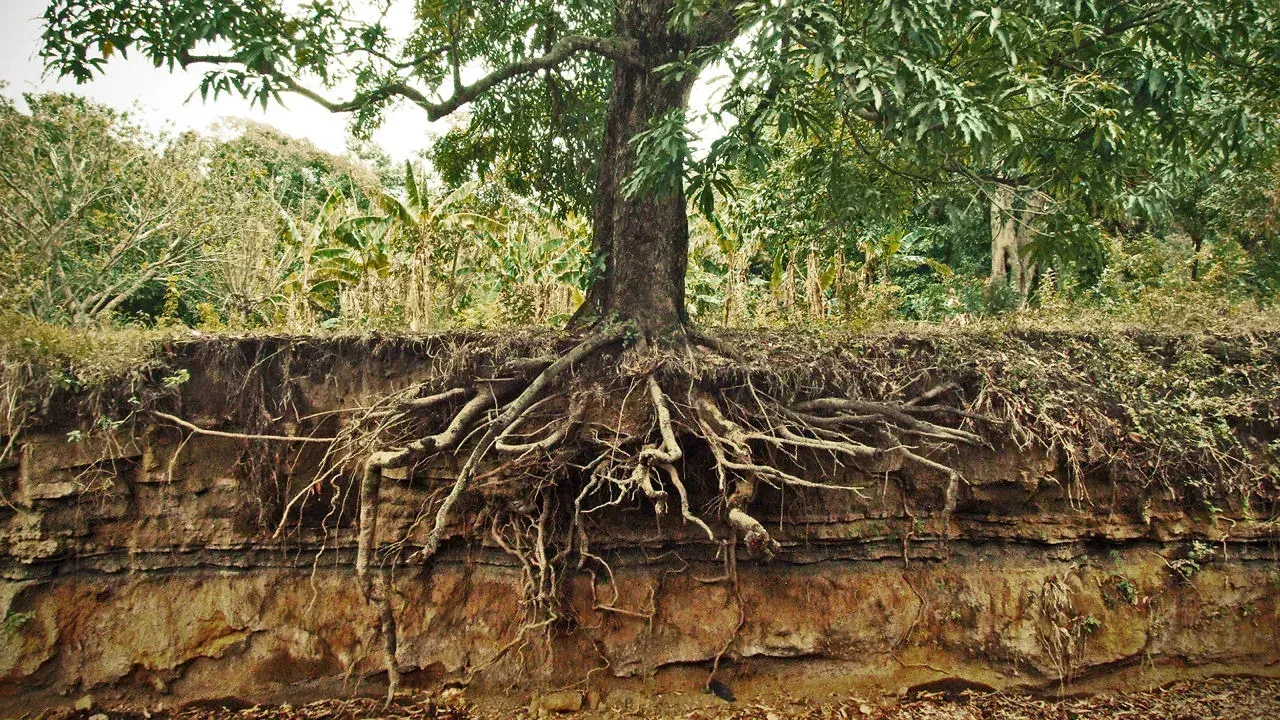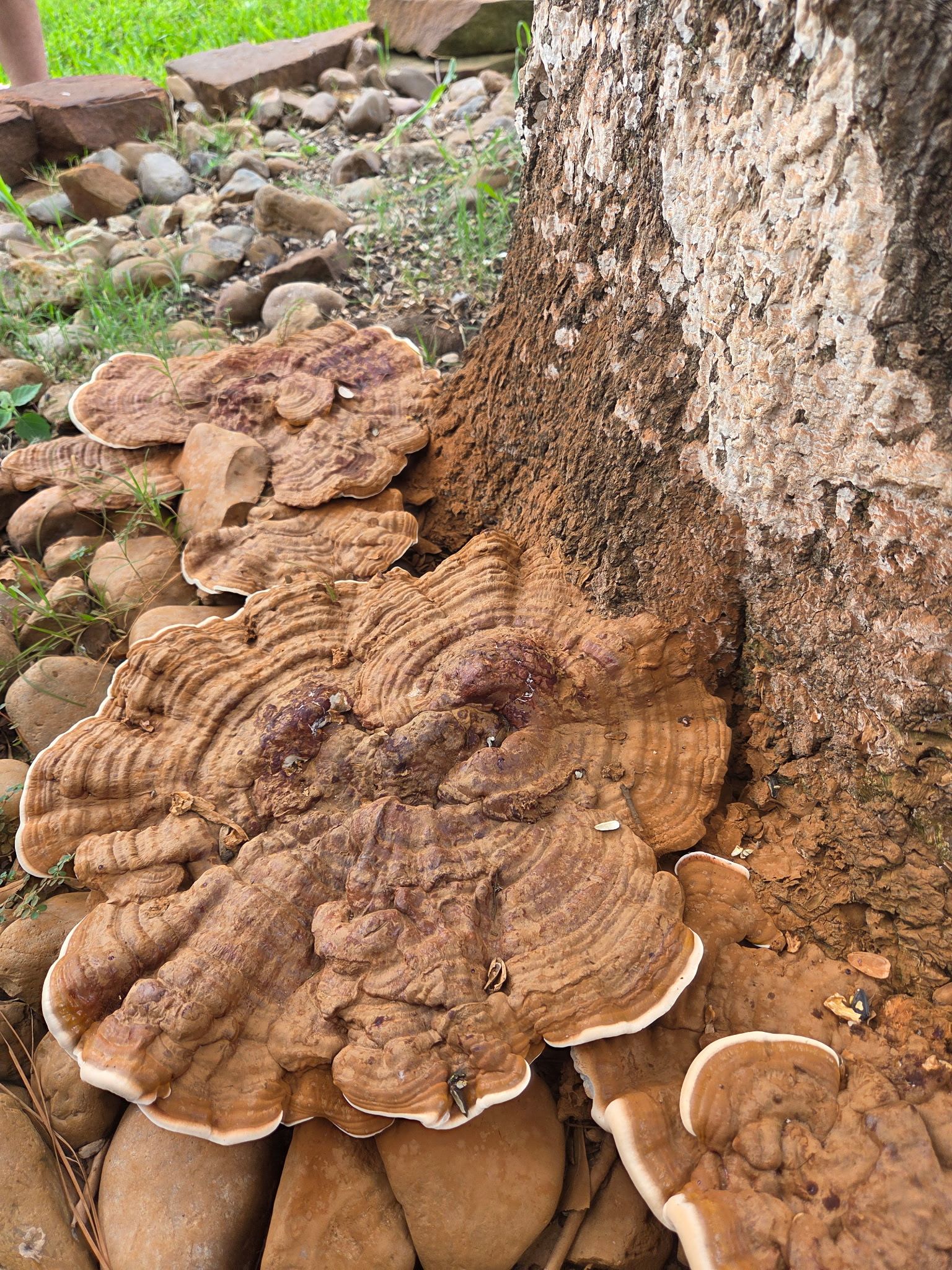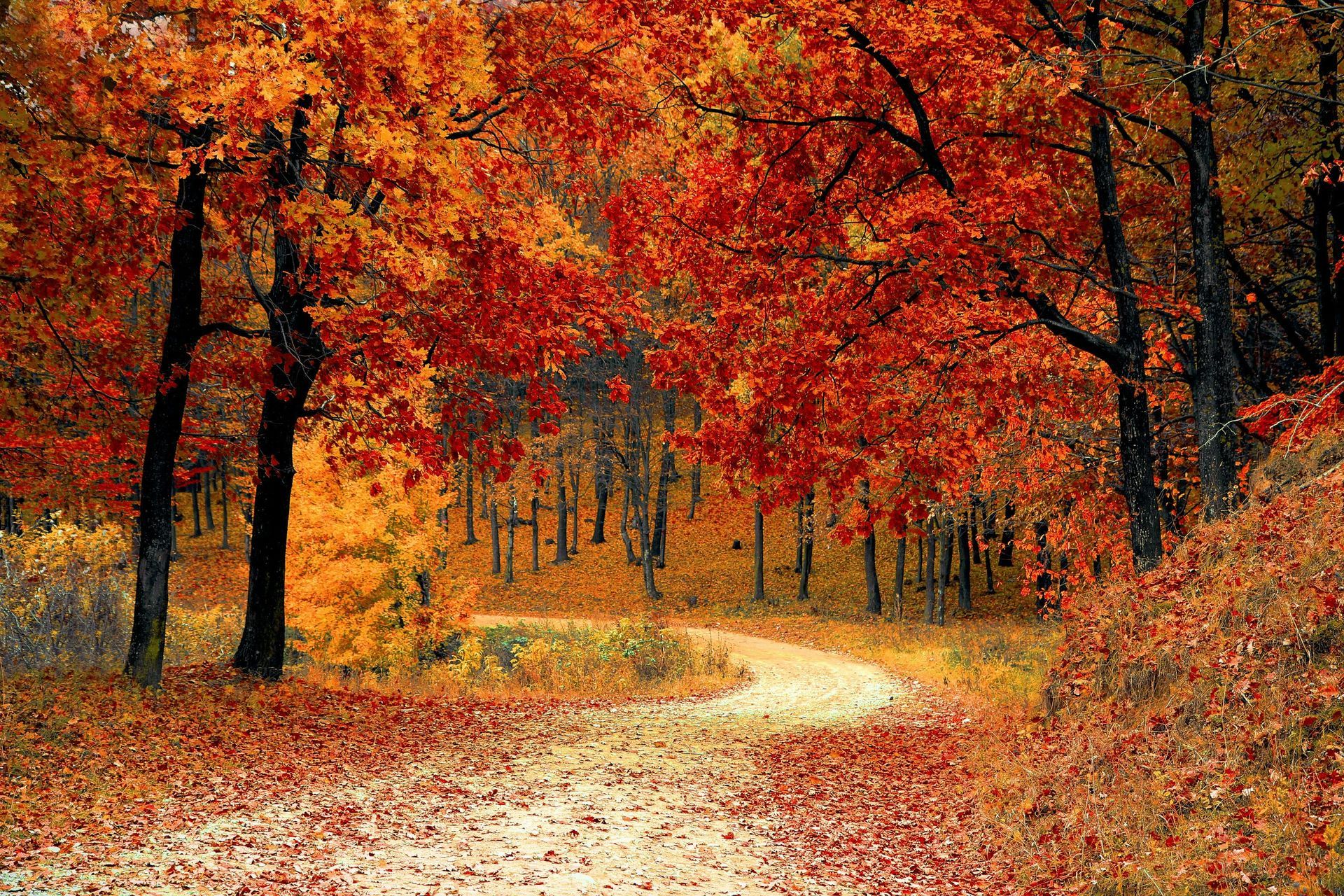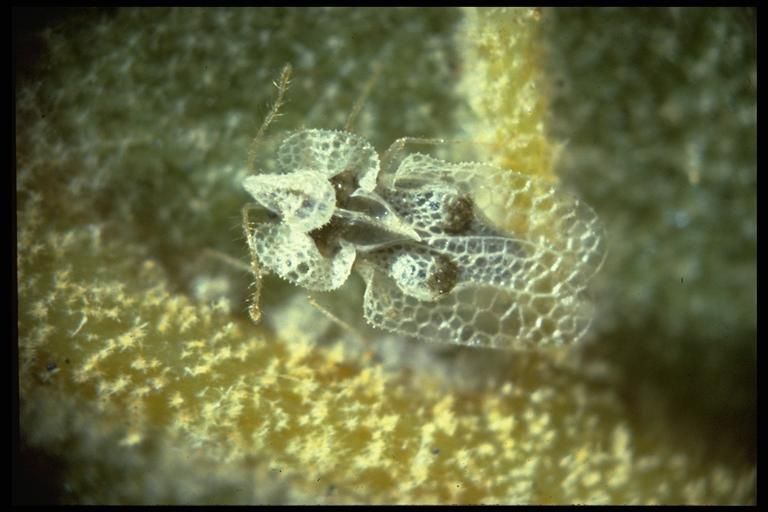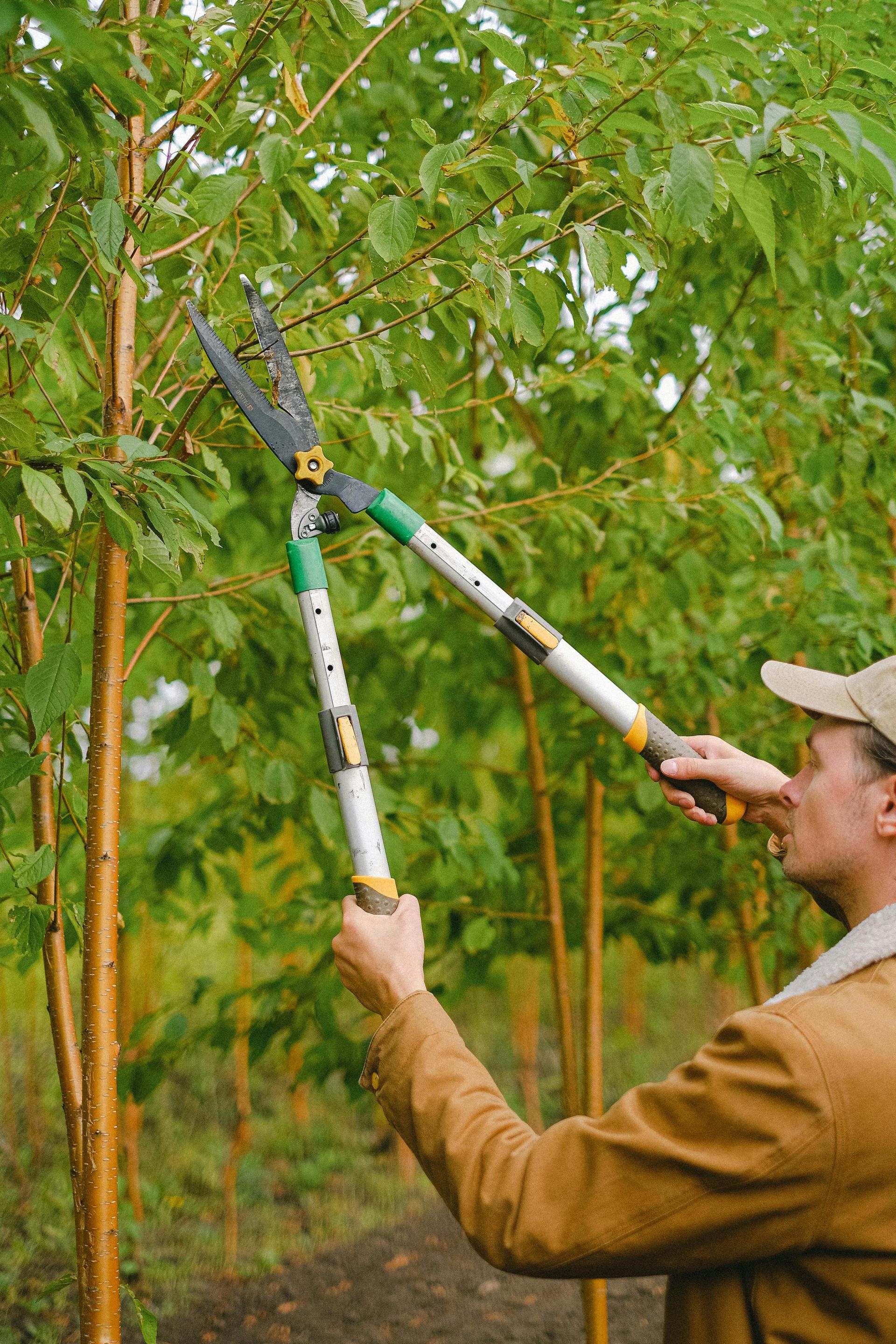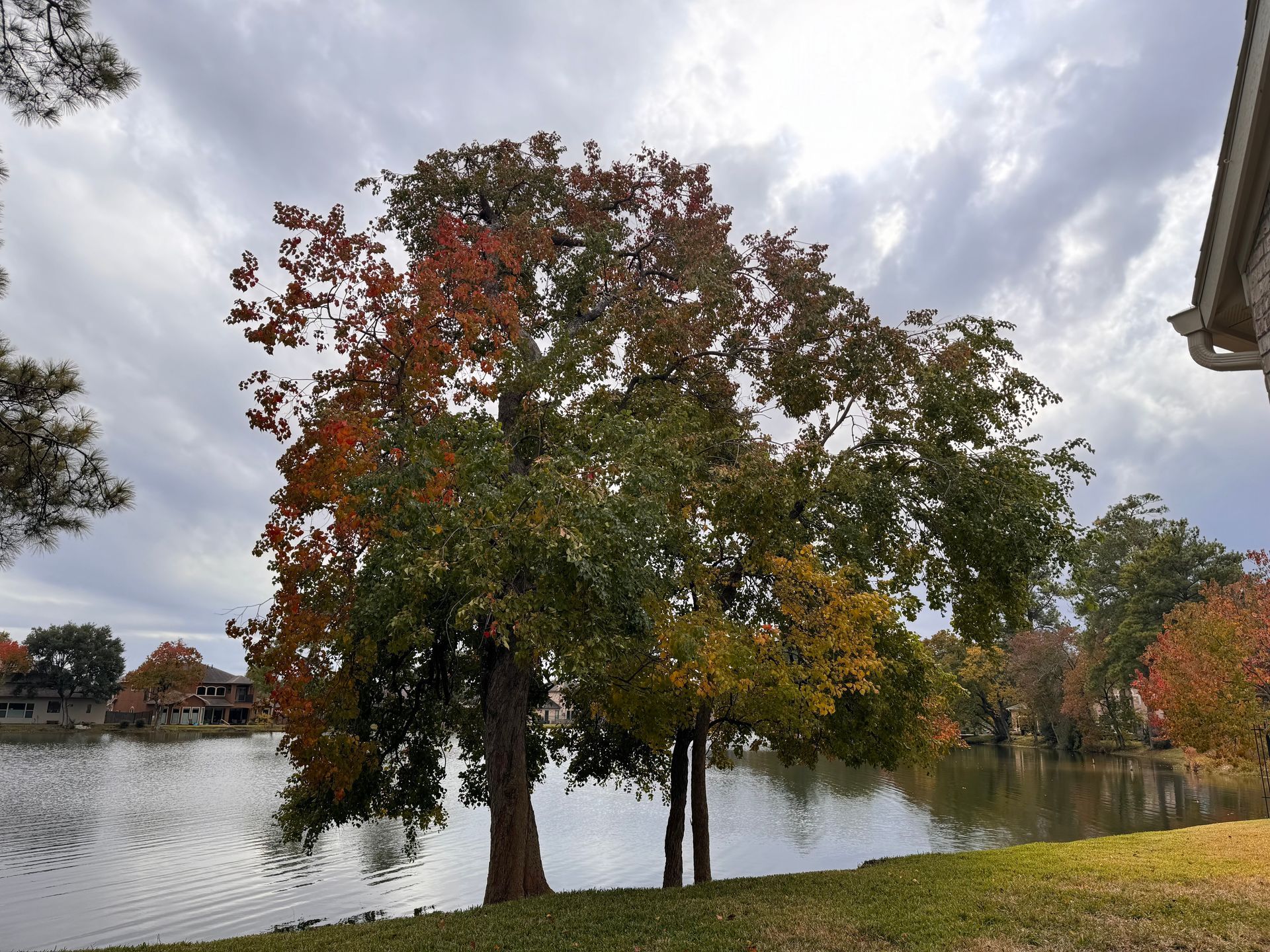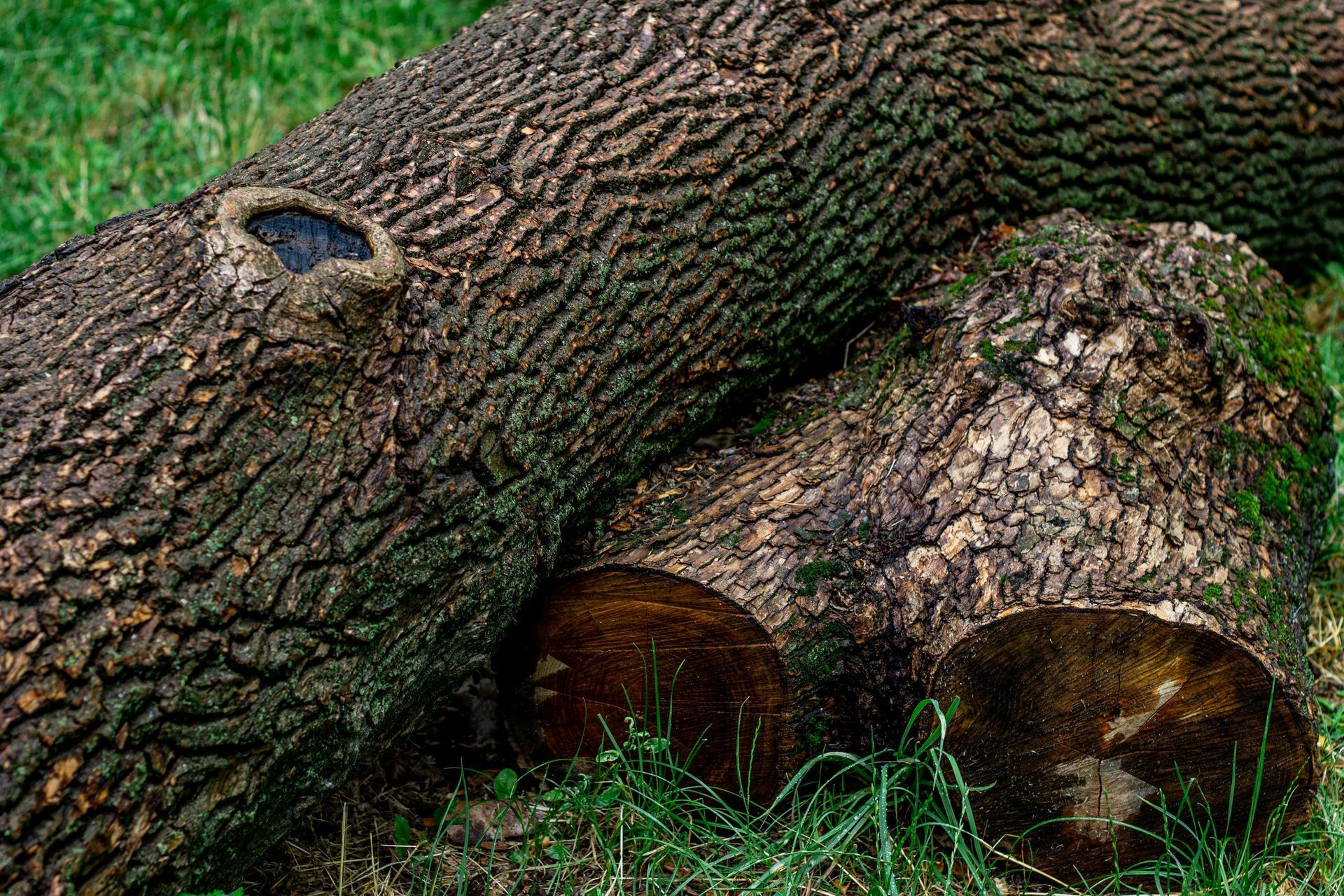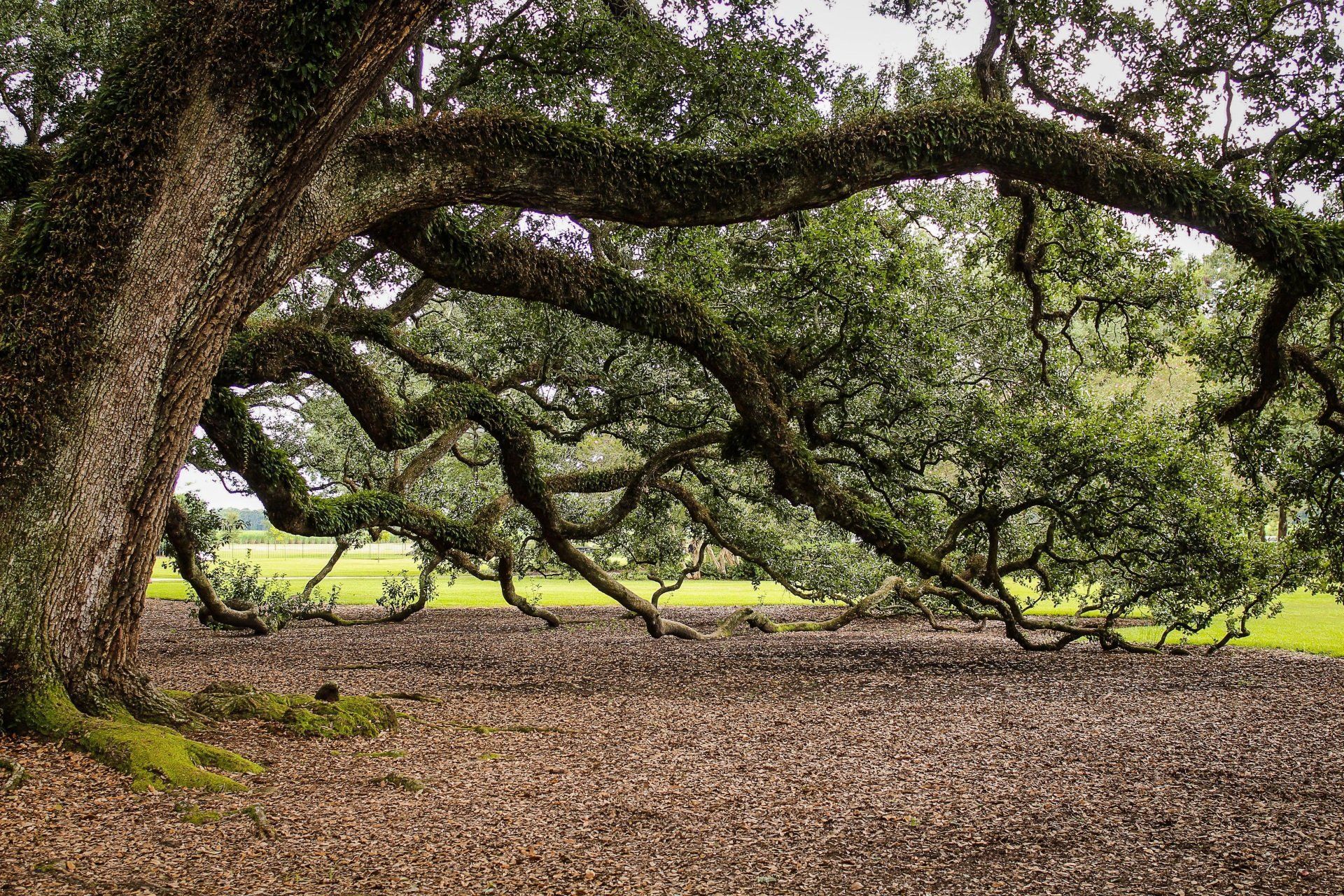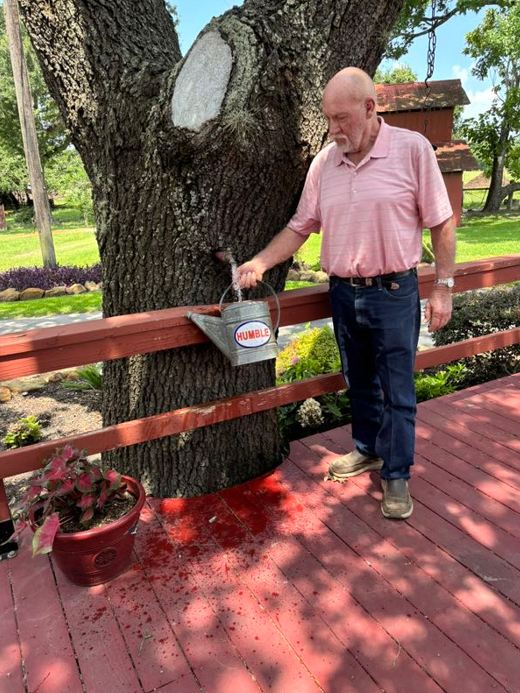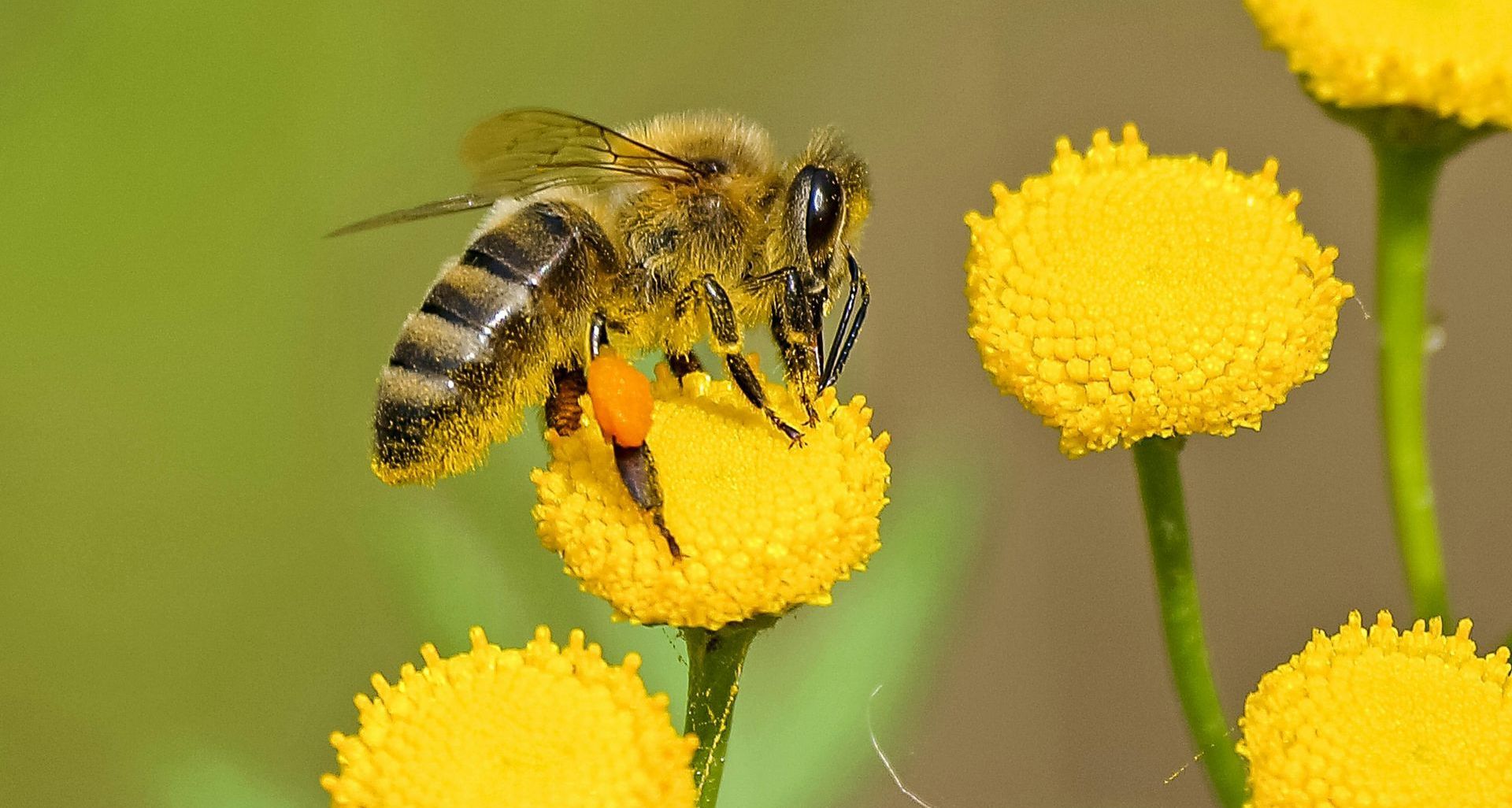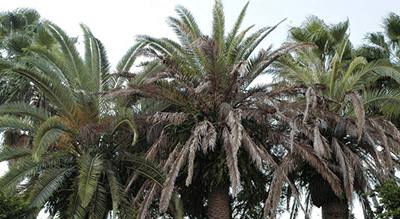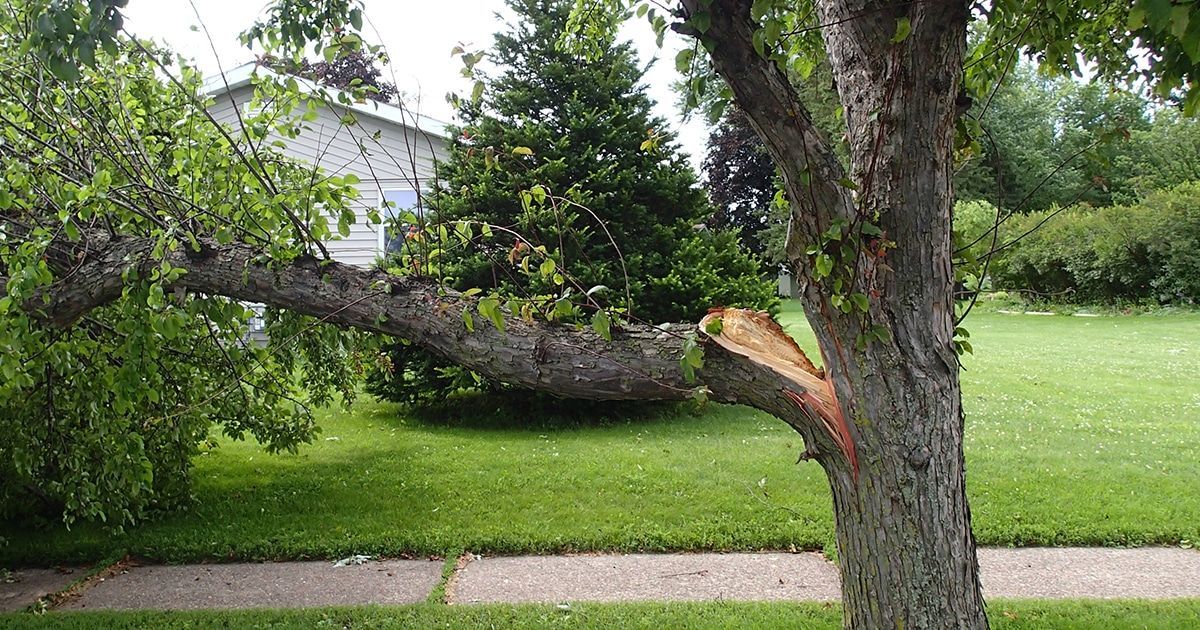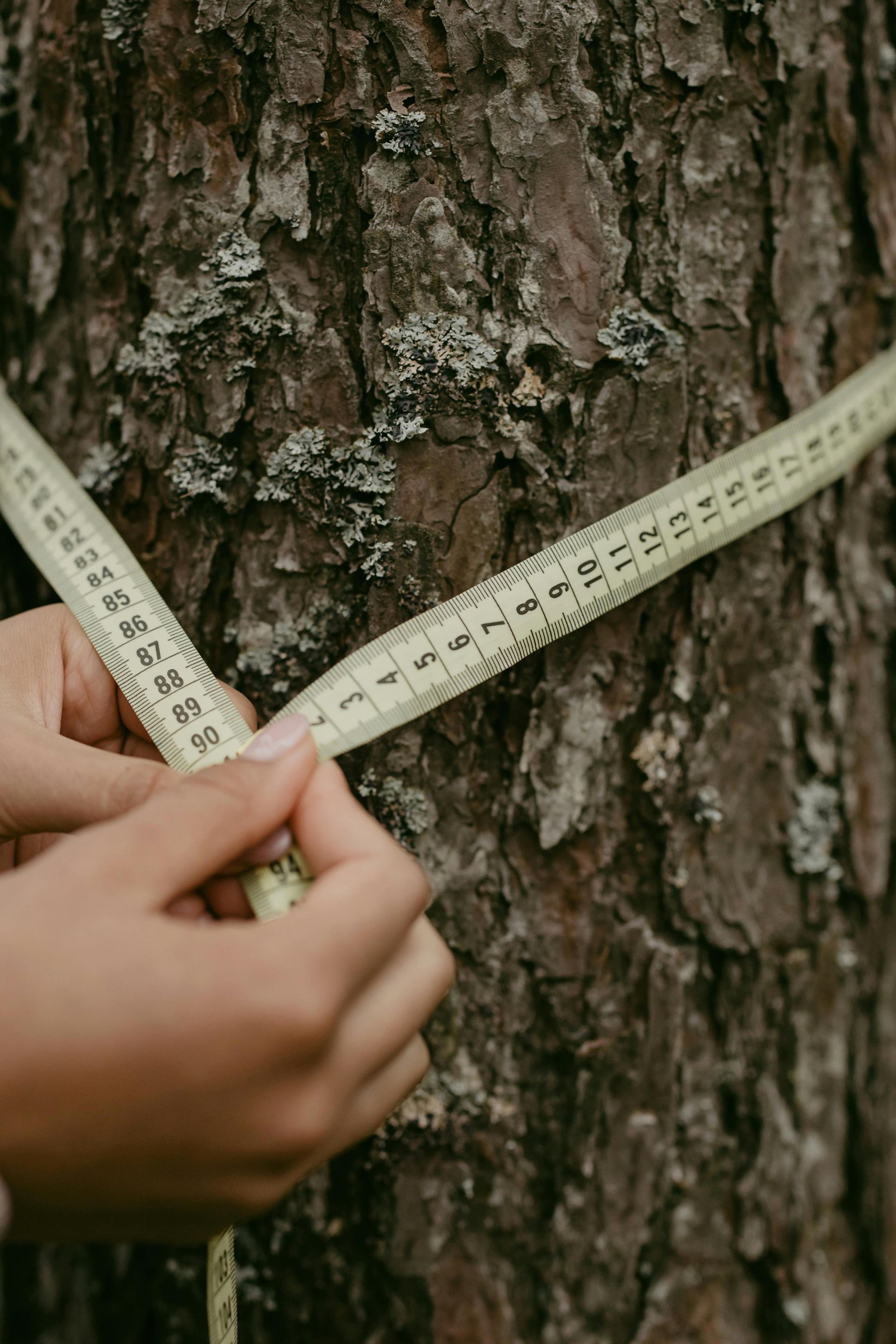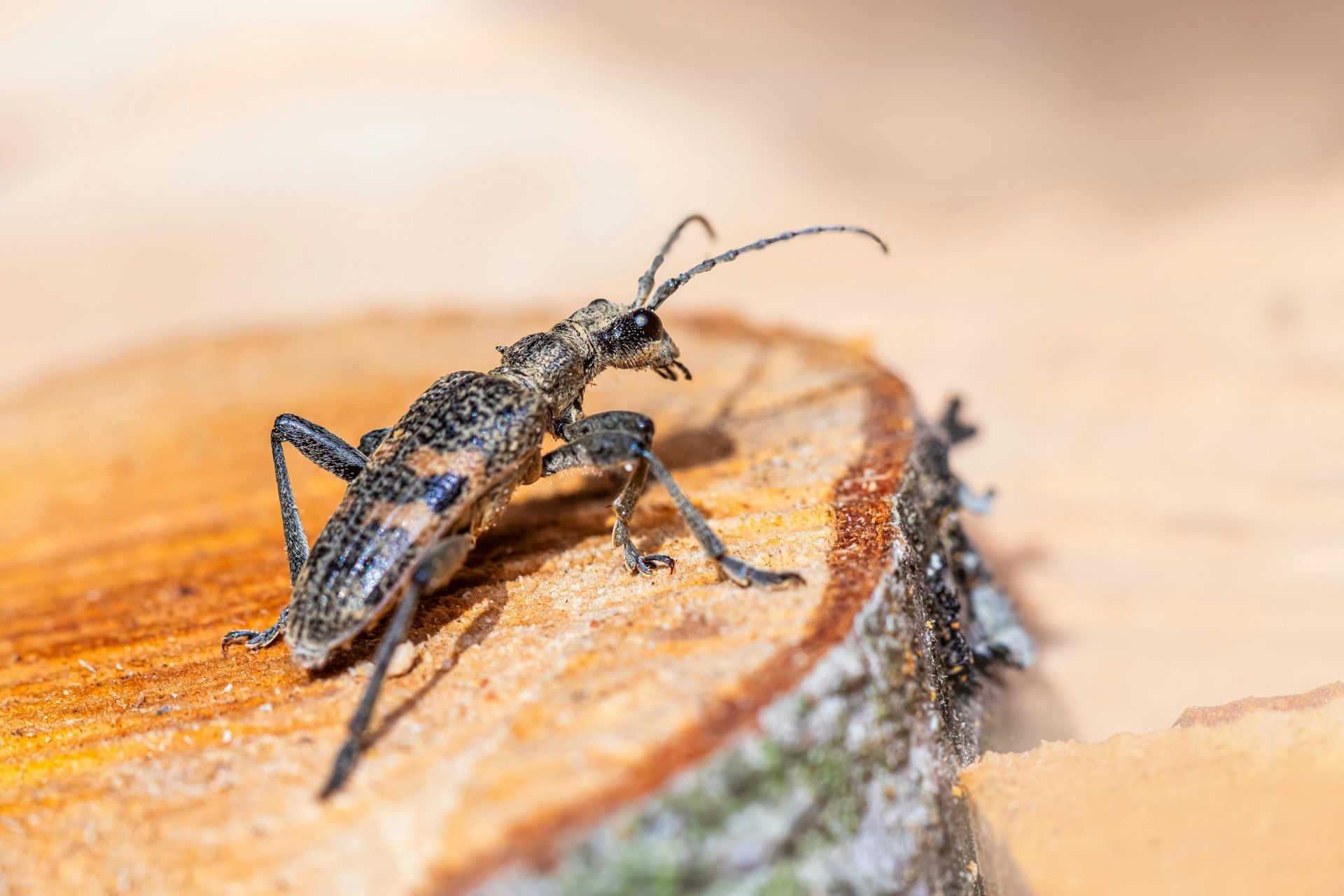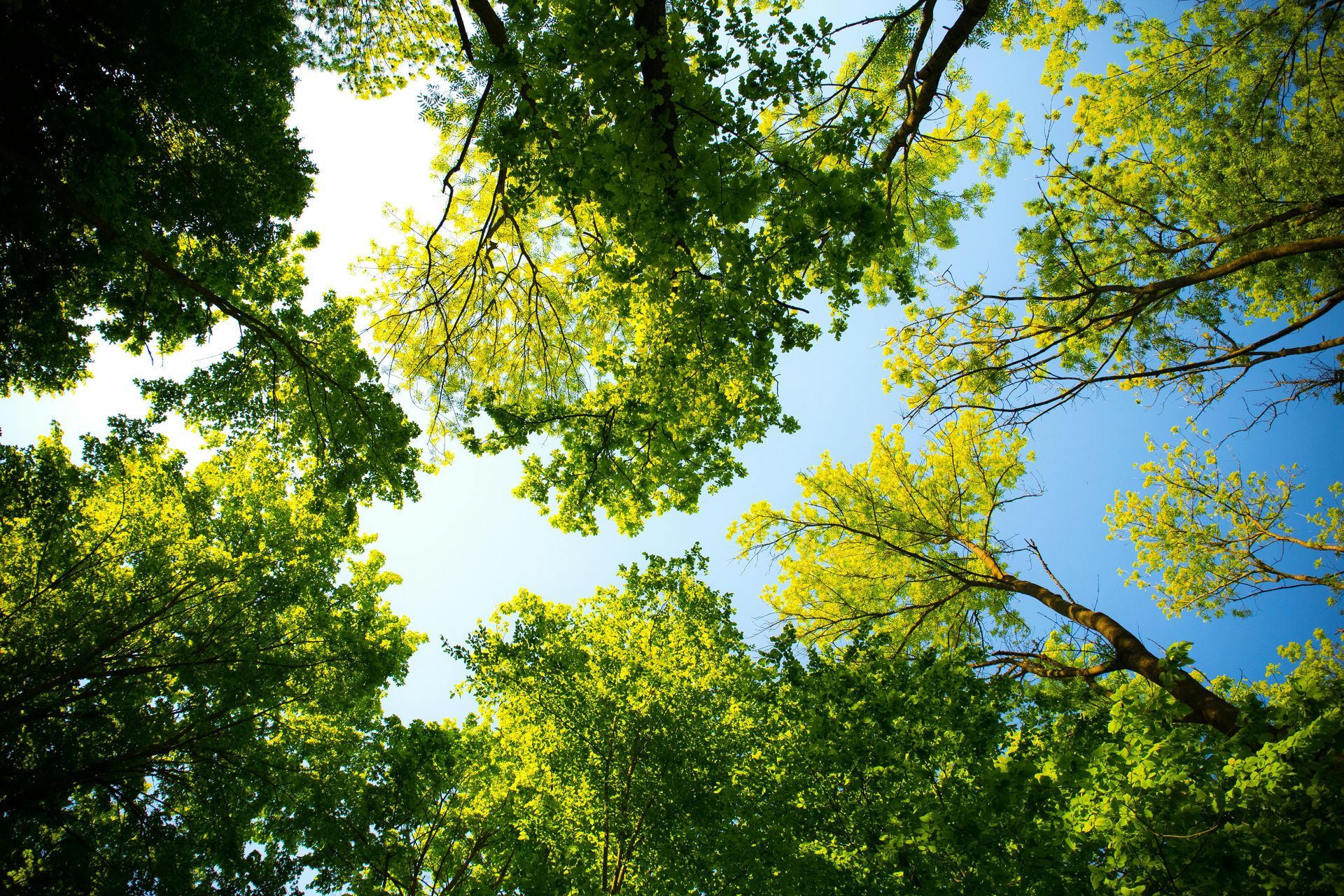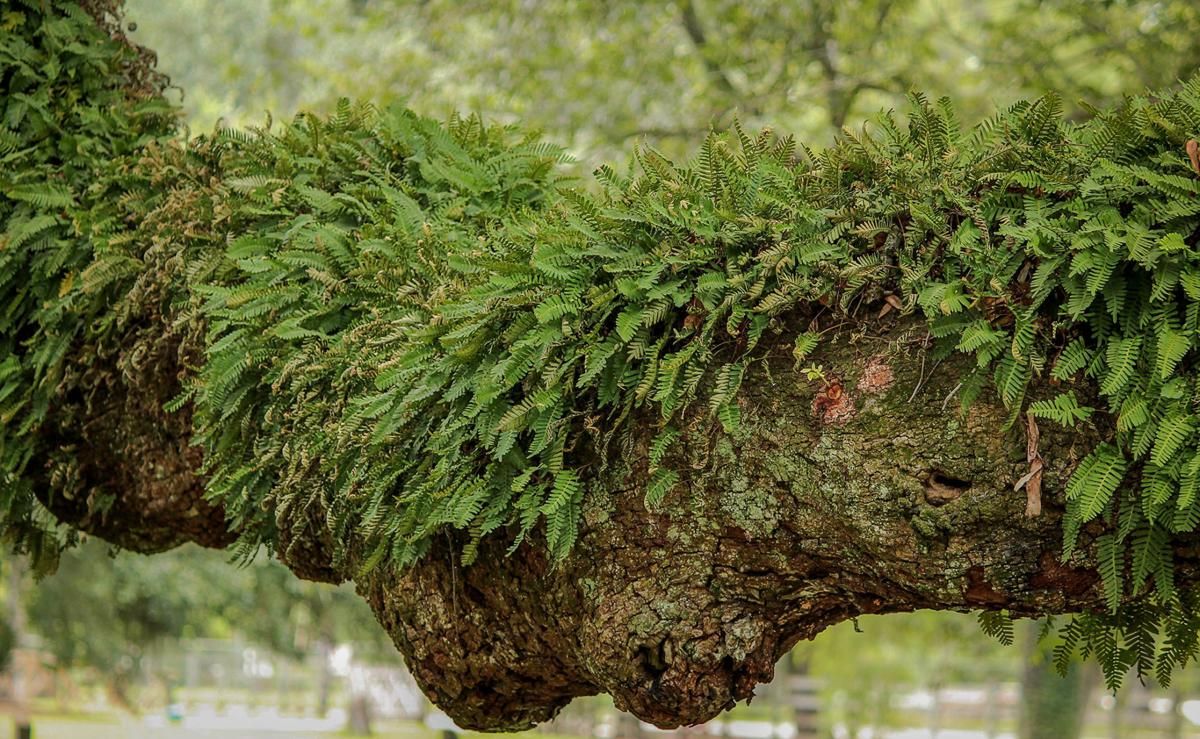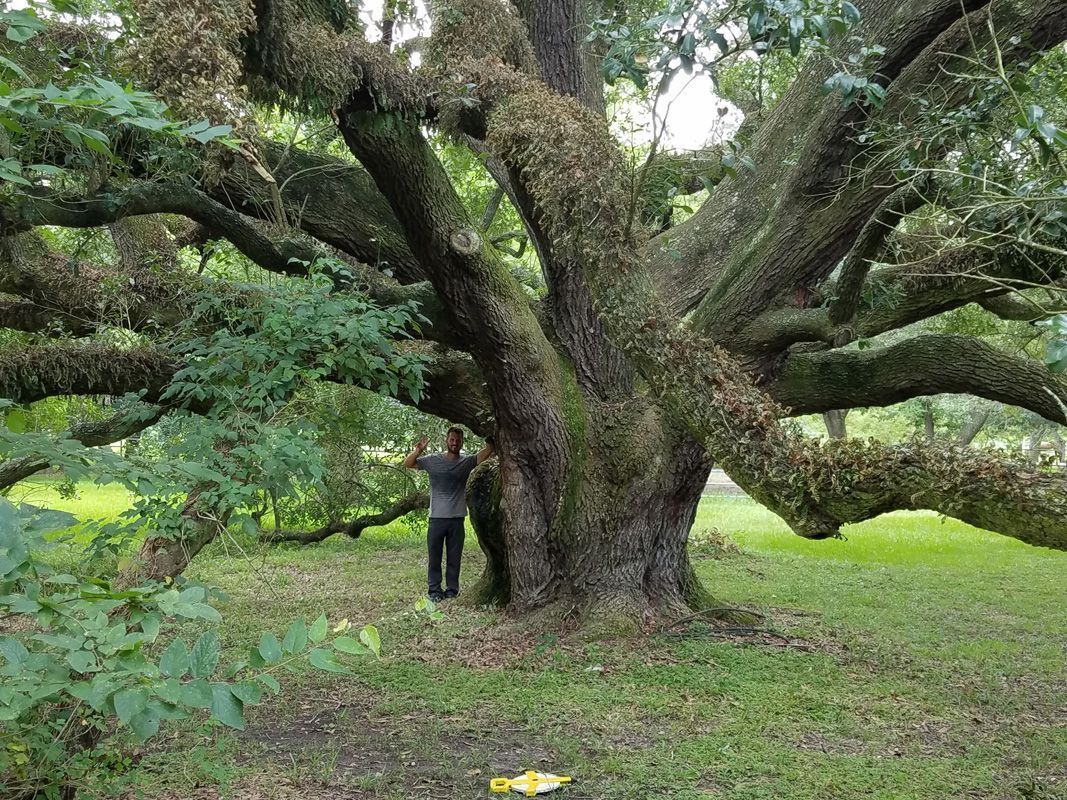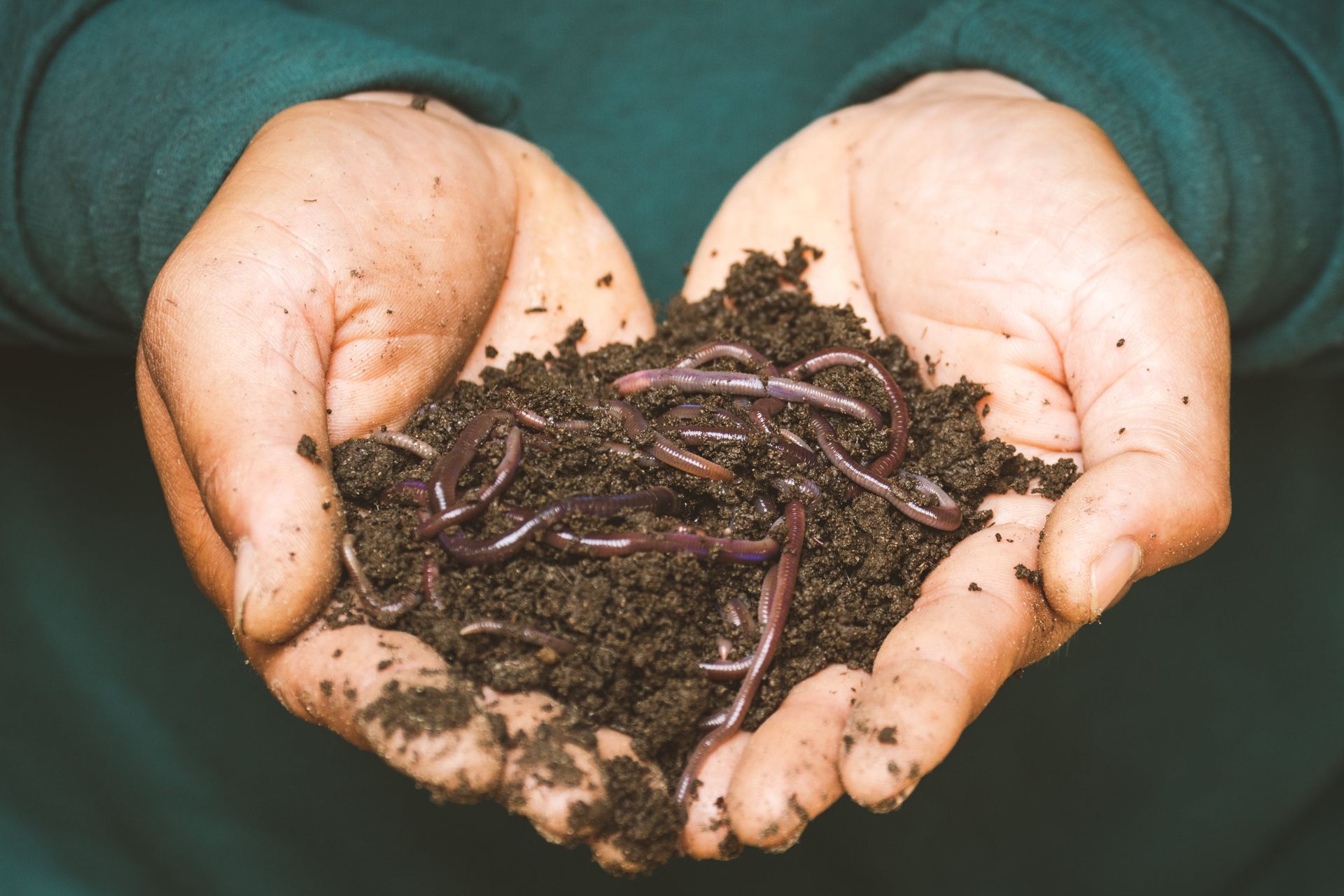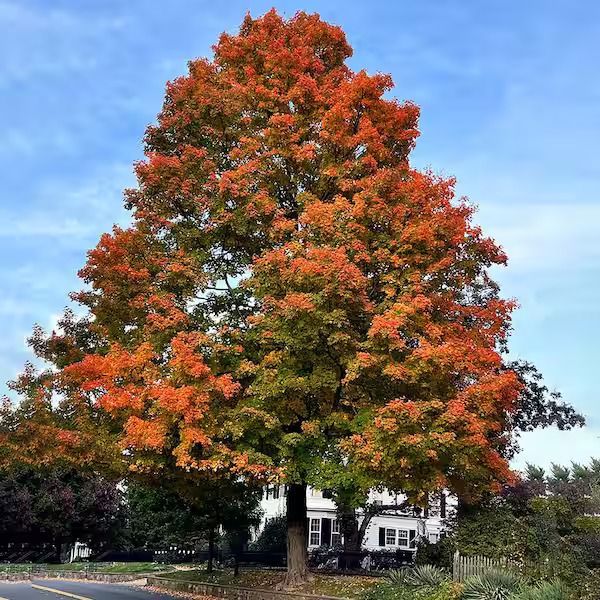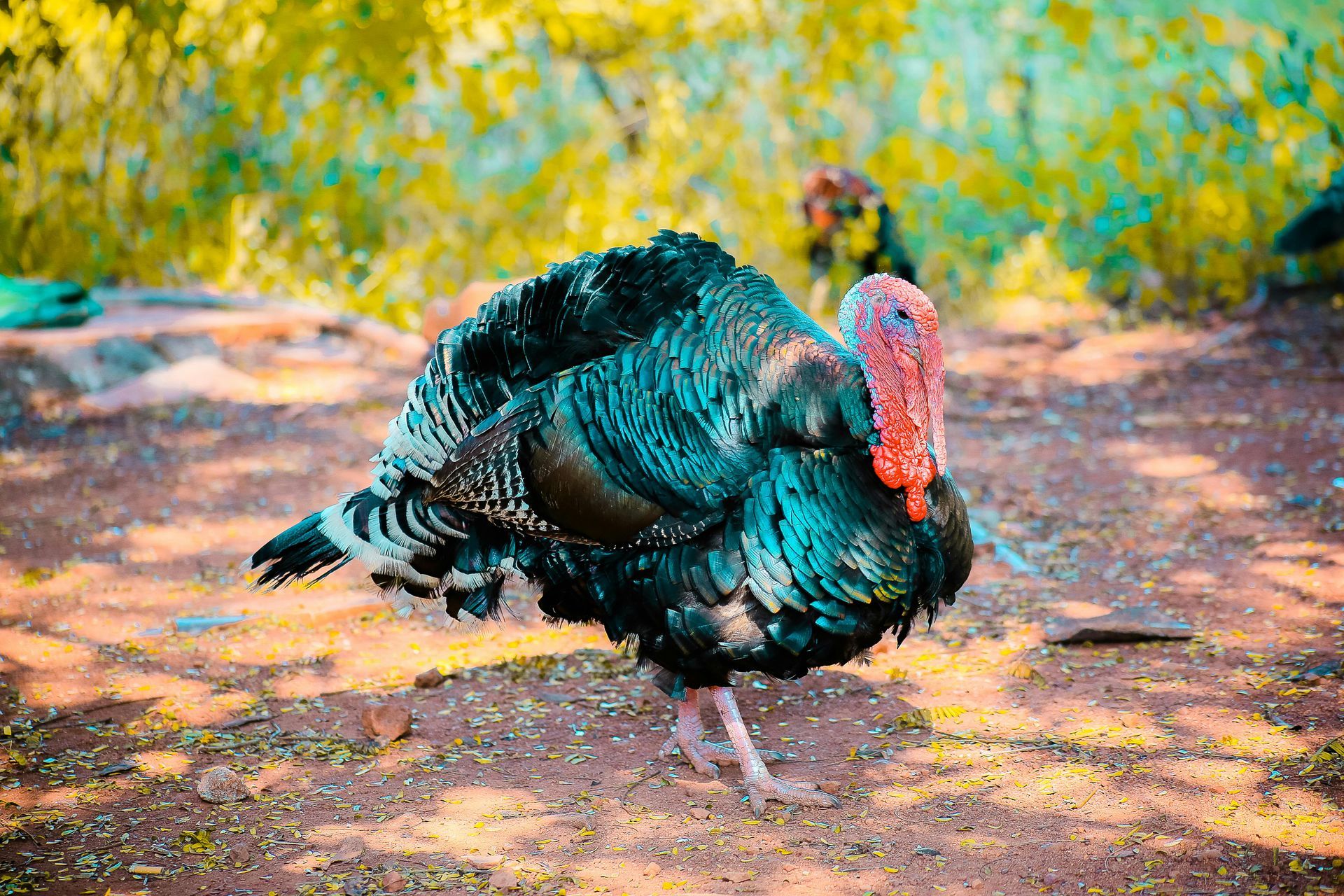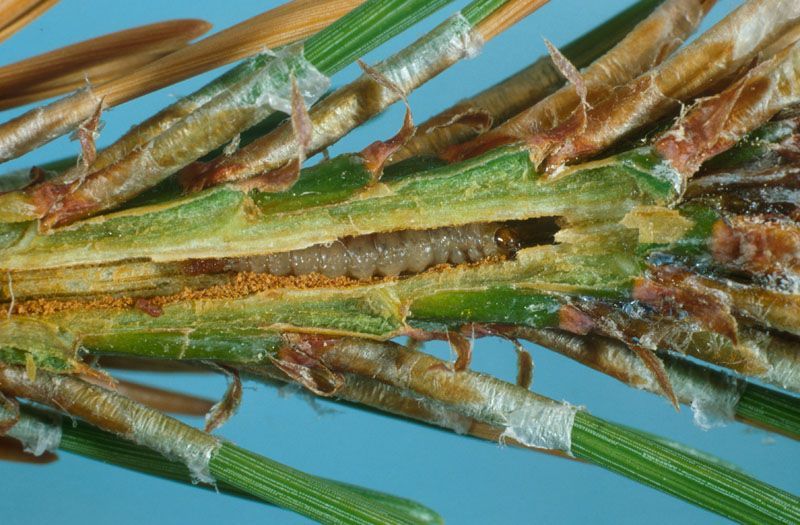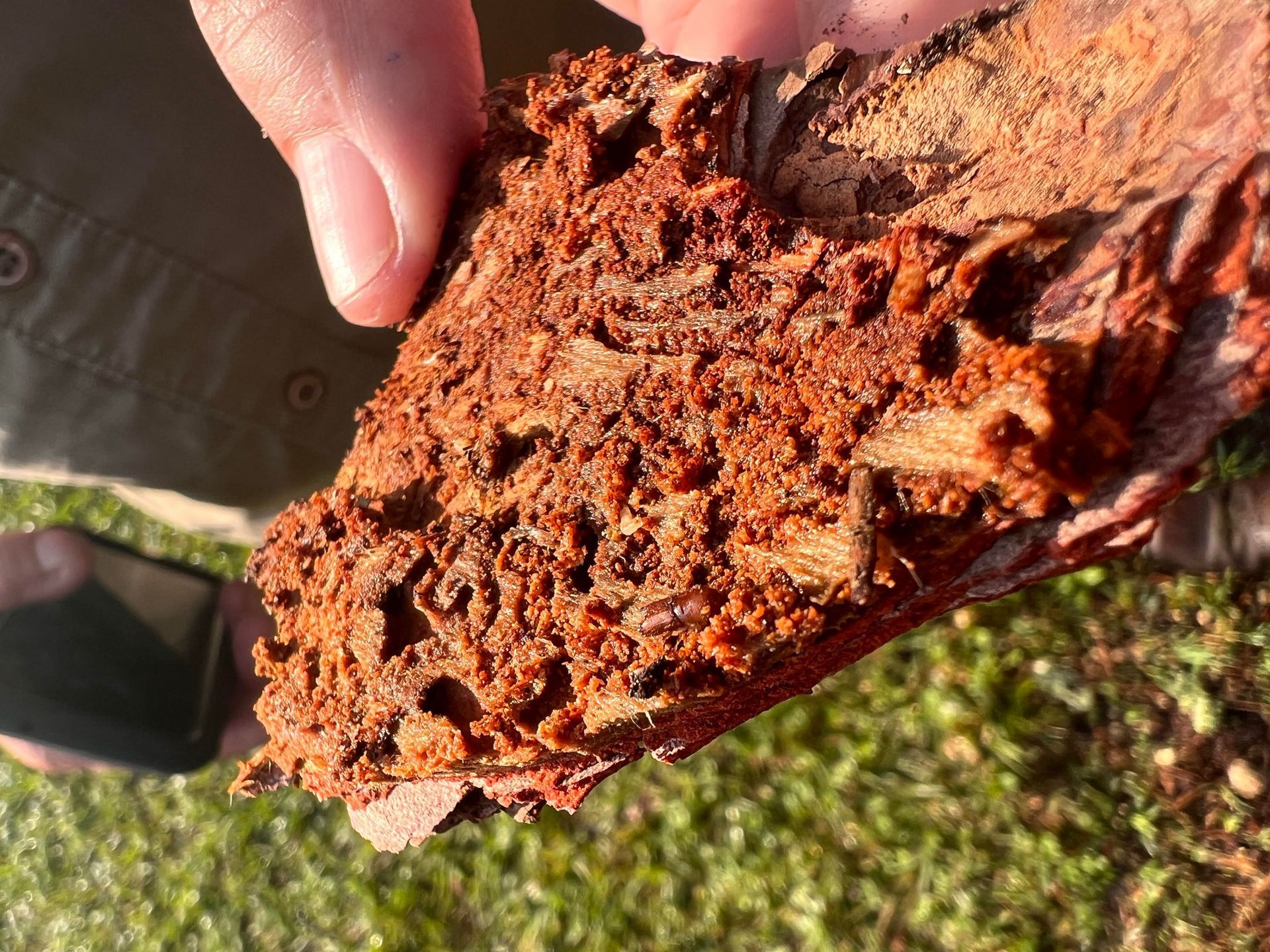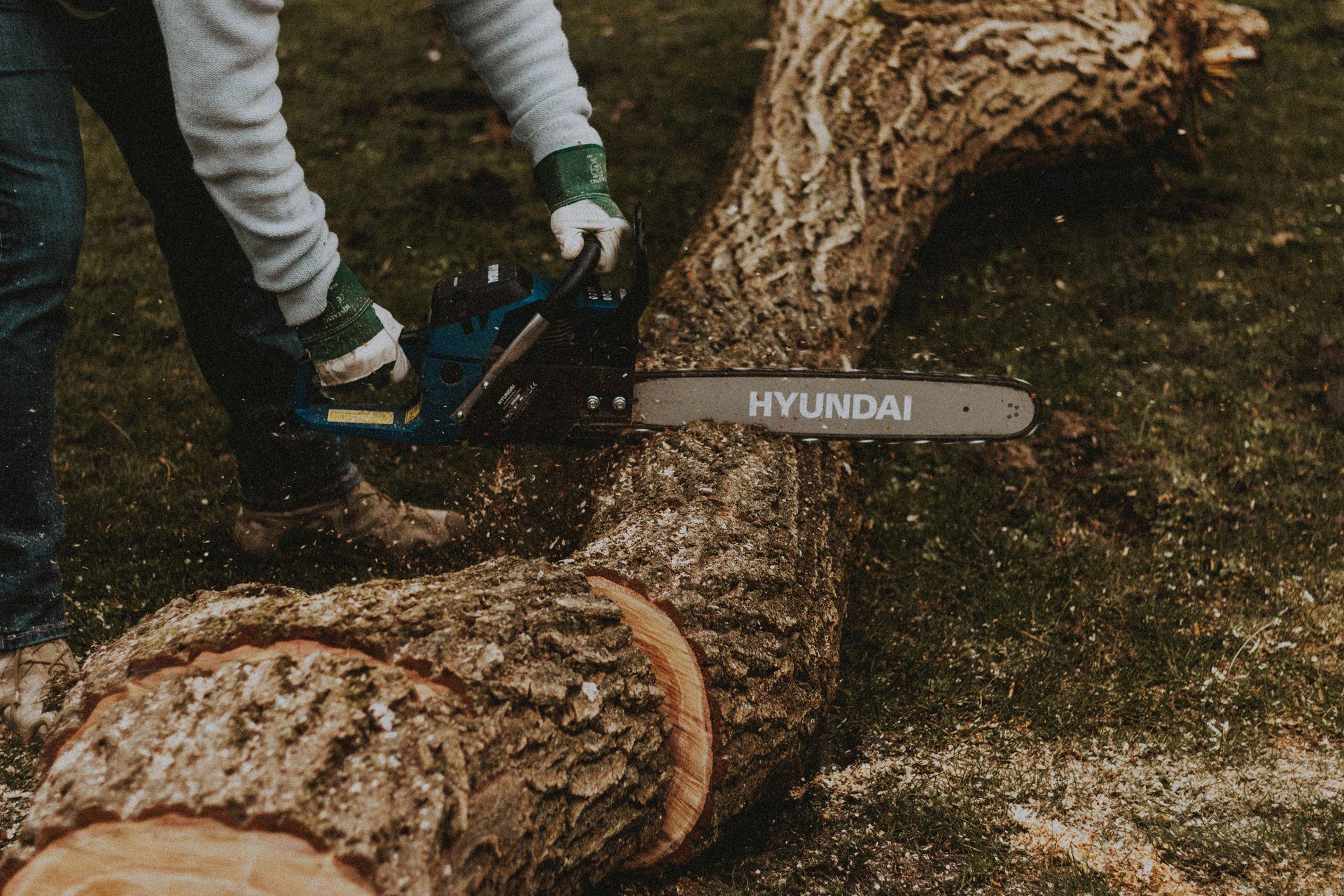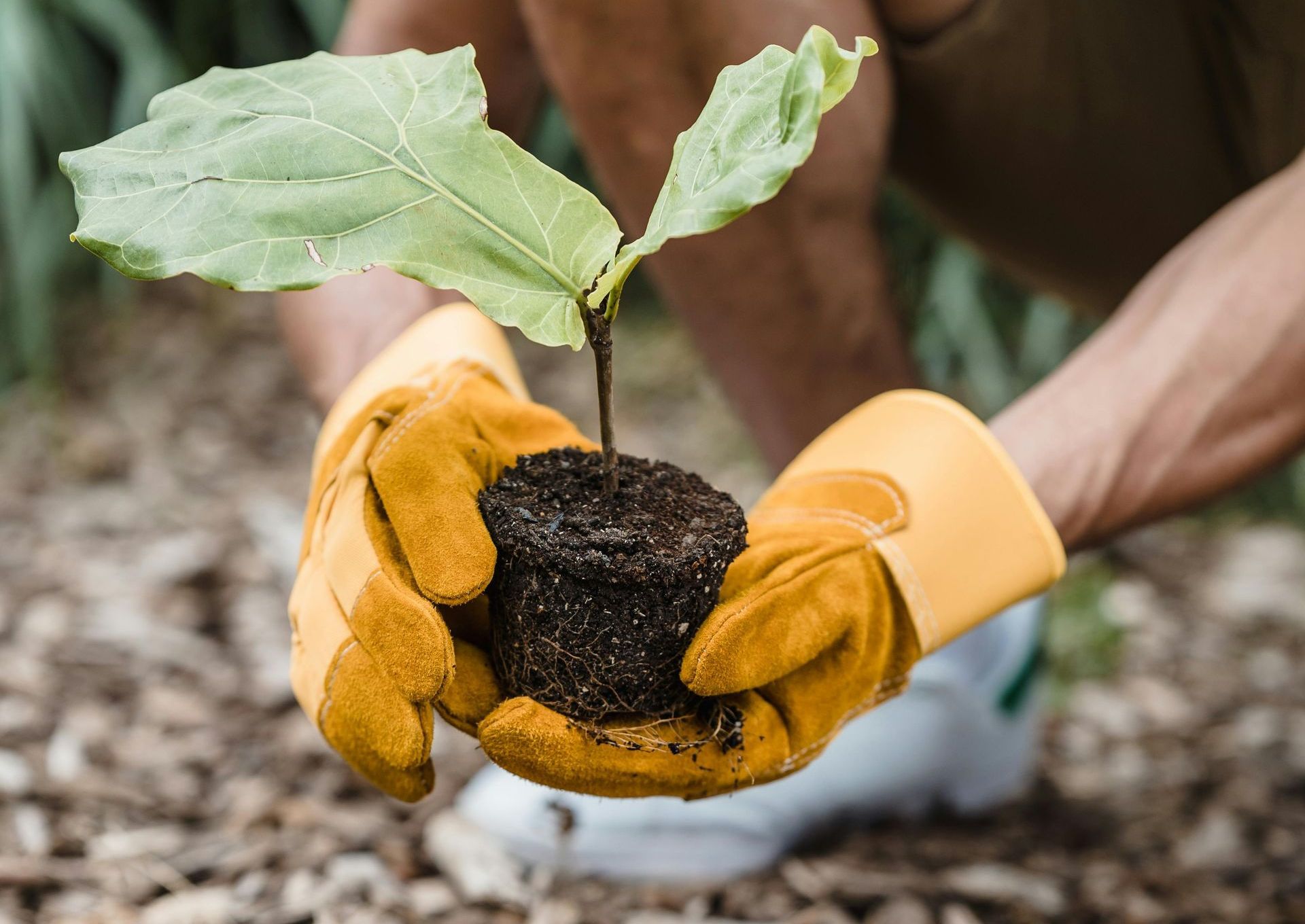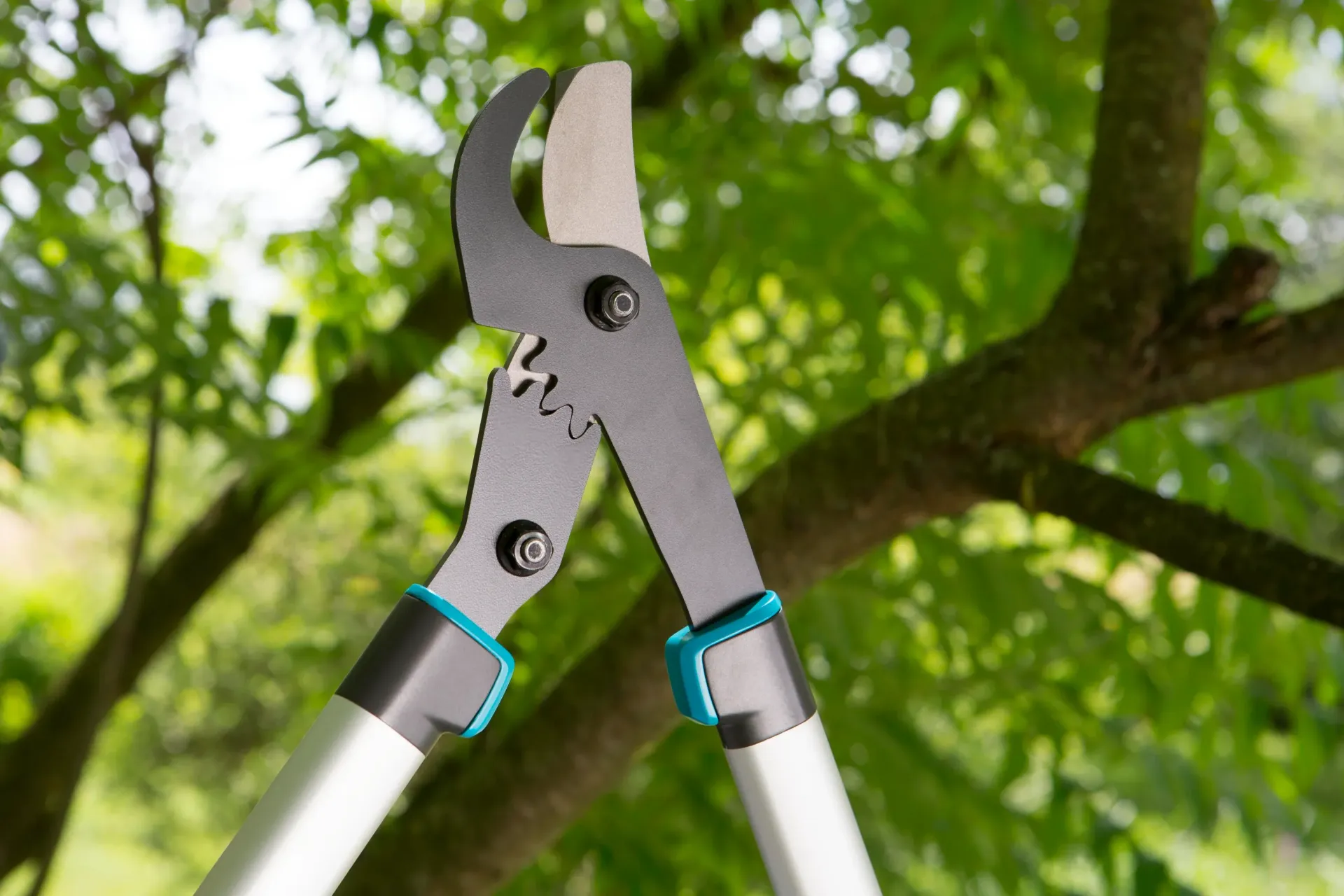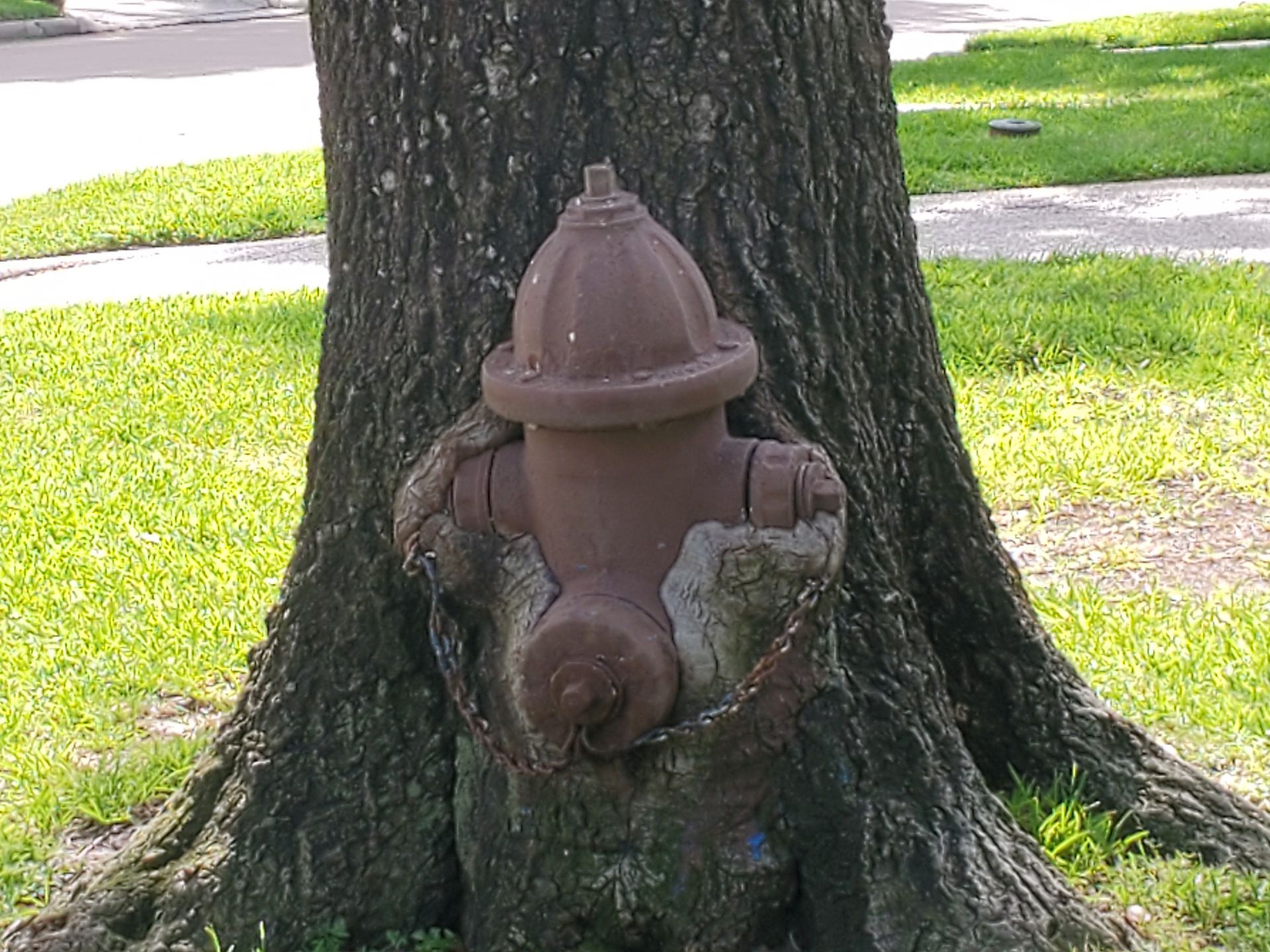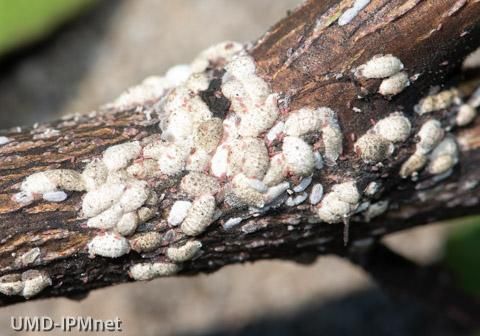Liriope’s Muse: Tree Care Tips from a Master Arborist
TRUSTED TREE CARE SERVICES SINCE 1970
Liriope's Muse: Native Plants To Be Thankful For This Thanksgiving Season
Thanksgiving isn’t just about the food on our plates or the people at our table, it’s also a perfect time to appreciate the nature around us and the native wildlife it supports! In this blog I’ll delve into a few Houston area native plants and explain why each deserves a place in our gratitude list (and in our yards). Whether you’re a gardener, a nature lover, or simply curious about making your landscape more resilient and wildlife-friendly, consider this a gentle guide to giving thanks beyond the dinner table by noticing, planting, and protecting the plants that sustain our local ecosystem.
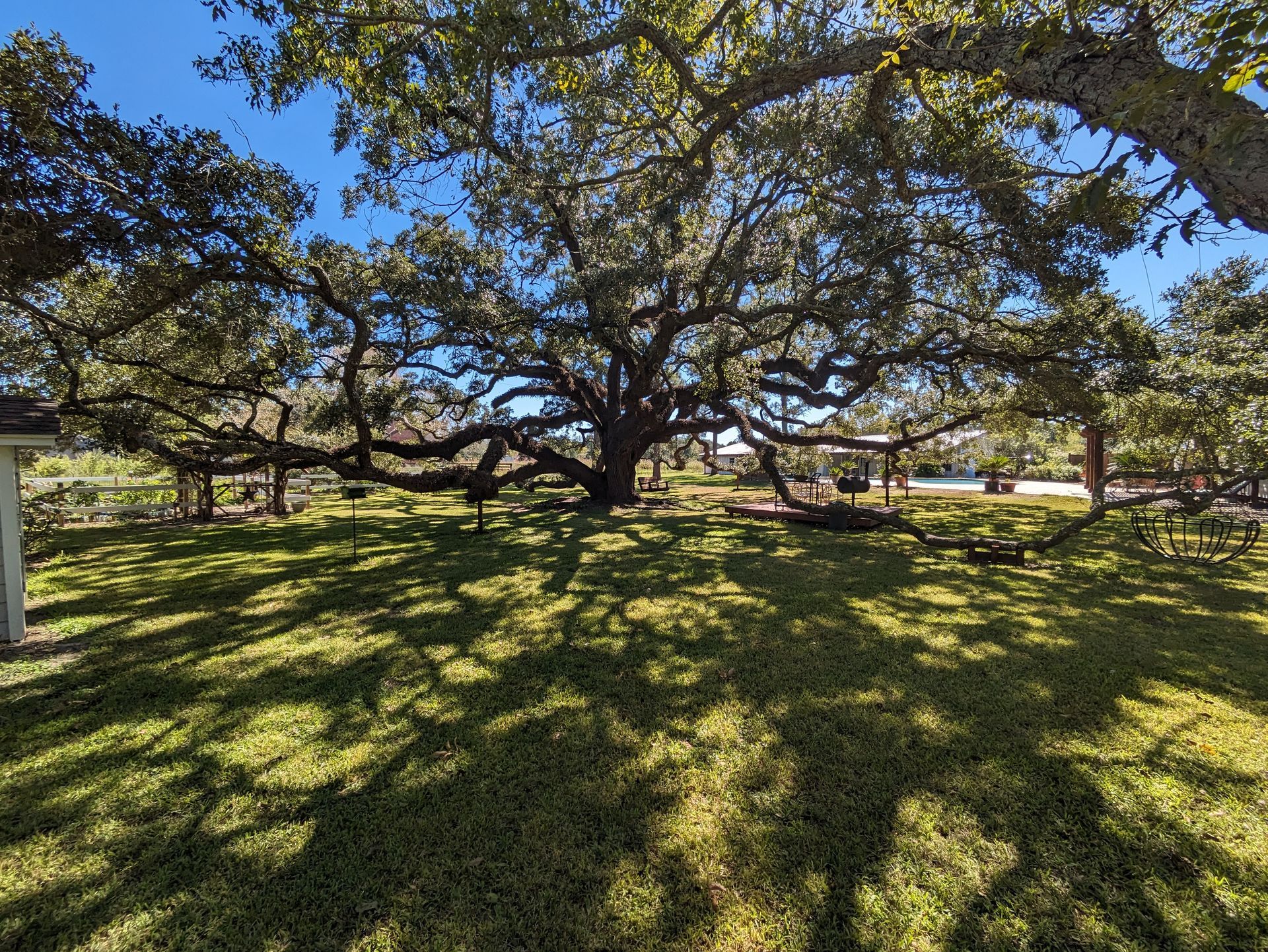
Live oak – Quercus virginiana
The live oak, a tree we are all familiar with, it graces the sidewalks of our neighborhoods, cities, and for many it hosts a swing our backyards. The live oak is known for its elegant growth pattern, sturdiness, and resilience to thrive in even the hardest of landscapes.
There are many things to be thankful for about this native oak, but the thing I am most thankful for is its ability to support over 500 species of native caterpillars. As most non-native trees host no more than 5 species. This is important for many bird species, but especially the native Carolina Chickadee, as a pair of Chickadees must feed a single clutch 6,000 – 9,000 caterpillars for their proper development.
Beautyberry – Callicarpa americana
This native shrub is equally ornamentally beautiful and useful, and should you have the opportunity to plant it, it would make a great addition to your landscape! It is a midsized deciduous shrub, that requires little maintenance and its adapted perfectly to thrive in the greater Houston’s climate!
The Beautyberry is not only delicious right off of the shrub, but it is known to be even better in jams and wine. These berries are also a favorite of many native bird species, including mockingbirds, finches, cardinals, as well as many other forms of wildlife. Planting a beautyberry in your yard is sure to increase its biodiversity and provide many wildlife with an essential source of nutrition.
The berries aren’t the only useful part of this shrub, the roots of it have been used in herbal teas and its leaves, when crushed, are excellent at naturally warding off pesky insects such as mosquitoes and horse flies!
All that said, the thing I am most thankful for about beautyberries is how they support many endangered pollinator species! Not only do their blooms attract bees and butterflies, but the beautyberry also serves as a larval host for some butterflies, offering sustenance for their entire life cycle. Their dual role as both a nectar source and a larval host enhances its ecological value and helps to boost native insect populations.
Sideoats Grama – Bouteloua curtipendula
Sideoats Grama is not a widley recognized grass, but it is the state grass of Texas! It is a charming warm-season grass with distinctive oat-like seeds that dangle along one side of the stalk, and blooms with small bright purple and orange flowers in the late summer.
This grass supports native wildlife of all kinds from birds, and rodents, to livestock. It provides shelter, nesting materials, and food for animals at all stages of its lifecycle. Livestock graze on it when is it grassy, pollinators harvest nectar from its dainty blooms, and grain-eating birds and rodents feed on its oat-like seeds in the fall and winter. And that is what makes me most thankful for Sideoats Grama, its ability to provide for such a wide range of native species.
Giant Mississippi Penstemon – Penstemon digitalis
This beautiful nectar-rich native wildflower is native to the Mississippi basin and west into the gulf coastal region of Texas. It can grow to be 5 foot tall and the flowering panicle, graced with many small white flowers, can extend up to one-third of the plants total height providing a “runway” of flowers for many kinds of pollinators to enjoy!
This plant gets the name “Penstemon” from the amount of stamens (5), or male parts found in each flower. These 5 stamen are perfectly placed to spread the flowers pollen on to the bumble bee. Upon entering the flower, the visiting bumblebee will be brushed with pollen on the top of its head, thorax, and even its tongue (proboscis). The flower also strategically places pollen just out of grooming reach on the bumblebee’s back, so when it flies flower to flower collecting its pollen and nectar, it is unknowingly pollenating every flower it comes into contact with.
I am thankful for the Giant Mississippi Penstemon, and all other native wildflowers nourishing and sustaining pollinators and in return are pollinated to produce more flowers!
This Thanksgiving, let’s carry our gratitude outside the dining room and into our own landscapes. Live oaks (Quercus virginiana) that raise the next generation of songbirds, beautyberries (Callicarpa americana) that feed and shelter wildlife, sideoats grama (Bouteloua curtipendula) that supports life from summer bloom to winter seed, and the Giant Mississippi penstemon (Penstemon digitalis) that fuels hardworking pollinators, all remind us that thankfulness can be planted. Choosing even one native, replacing a non-native, leaving a little leaf litter for habitat, or planning a small pocket prairie are simple, meaningful actions Houston homeowners can take right now. When we notice and nurture these plants, we’re not just decorating a yard, we’re strengthening an ecosystem.
Here’s to a season of thanks that grows: more nectar, more birdsong, more resilience, and more reasons to be grateful year-round.
Liriope’s Muse - Expert Tree Care Tips
